Pastushenko Maksym
UA View project researcher, author of the article about Oleksiy (Oleksa) Hryschenko.
Ulitsa Bol'shaya Dmitrovka, 11, Moscow, Russia
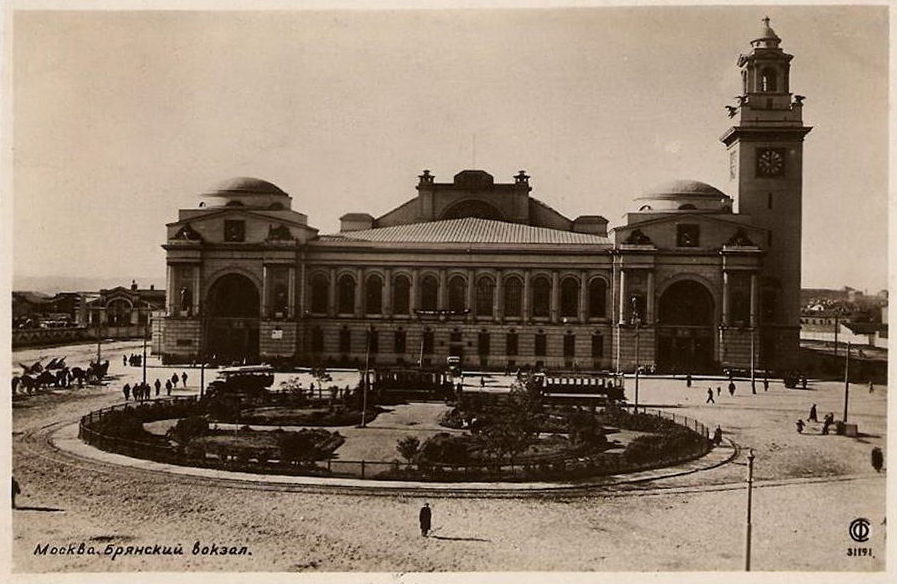
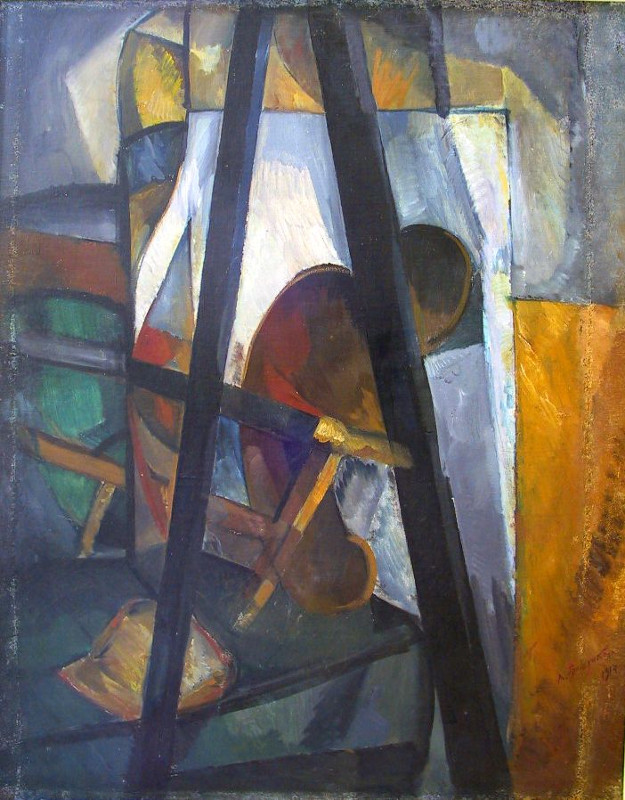
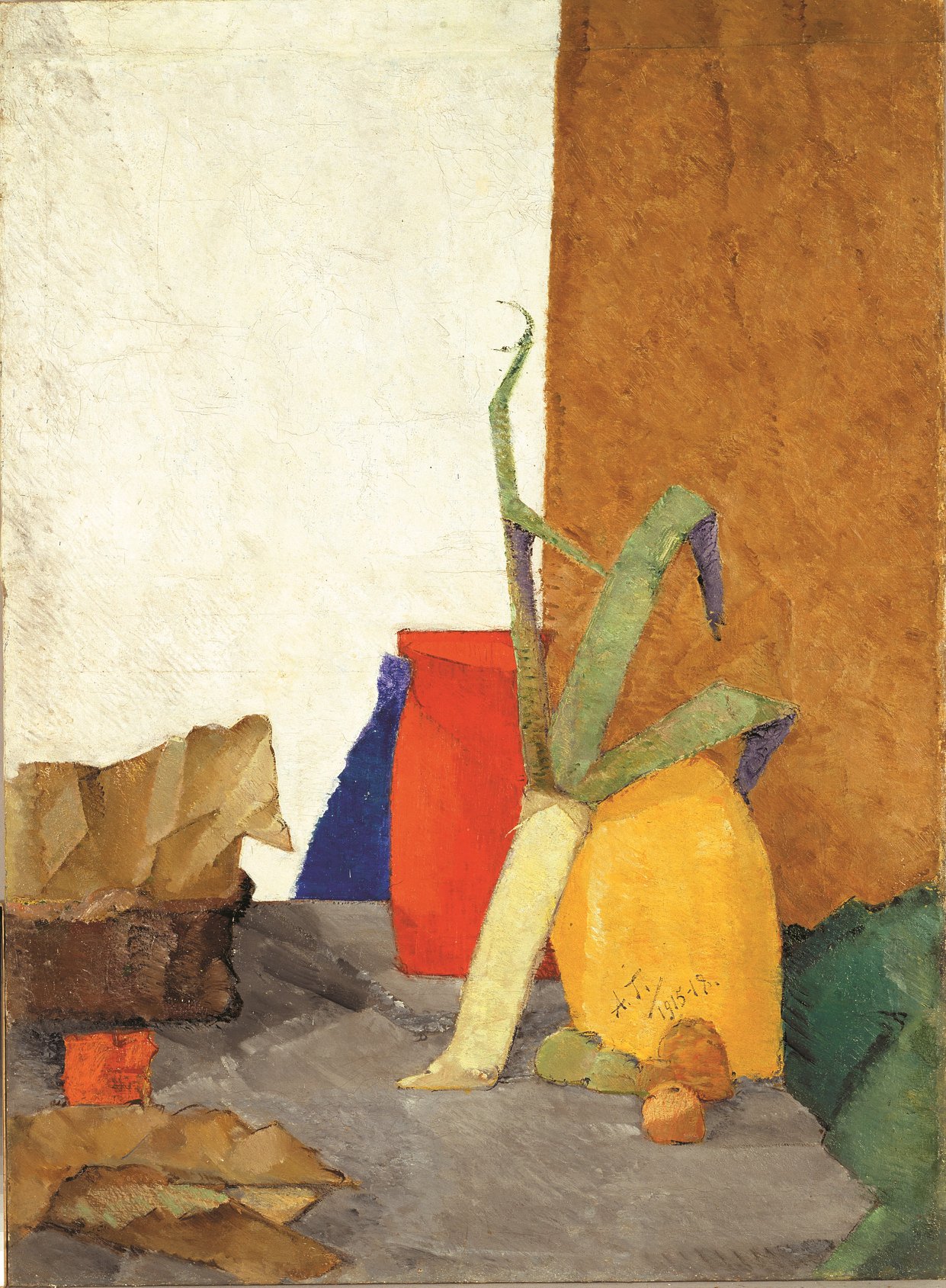
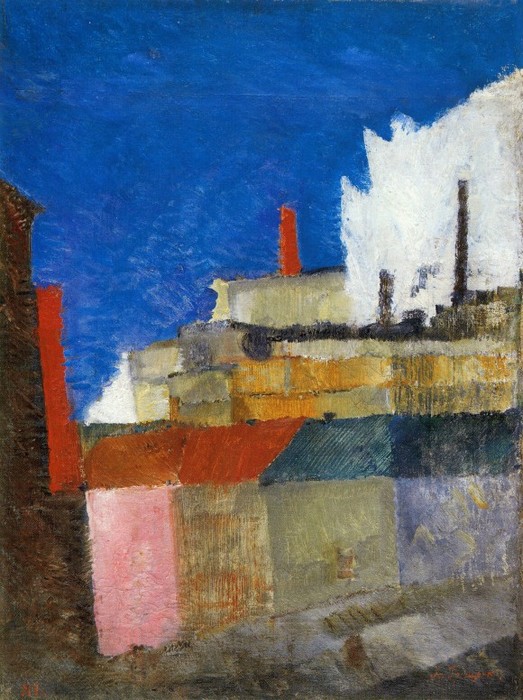
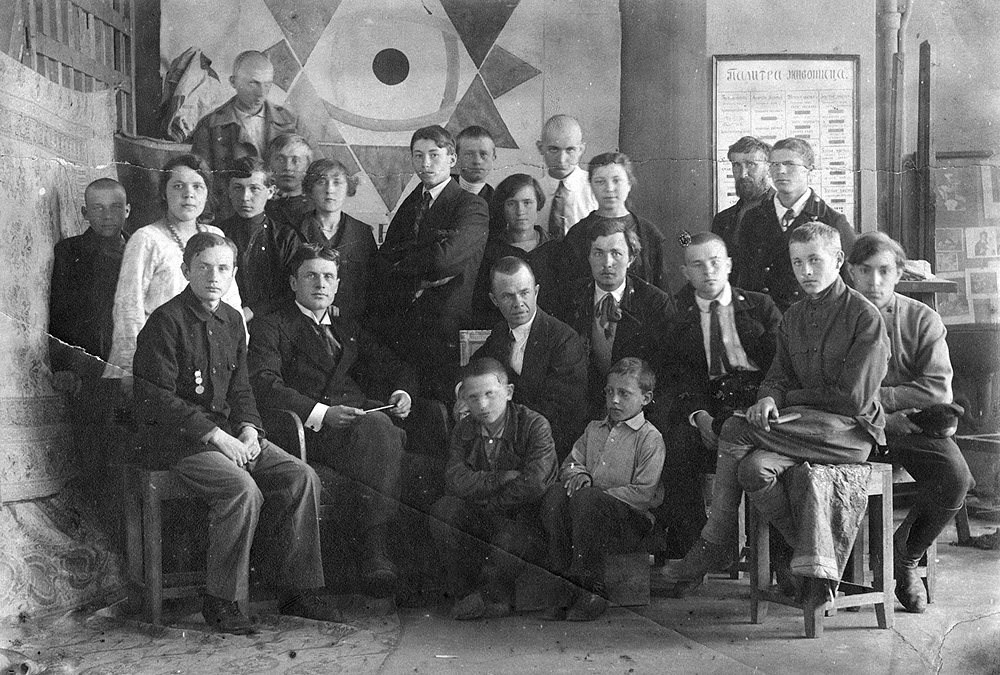
In 1919 in Moscow, Oleksiy Hryschenko and artist Oleksandr Shevchenko organised a group exhibition entitled “Dynamocolour and Tectonic Primitivism”, publishing a manifesto under the same title. “Painting is our element. Primitivism is our way of expression. Dynamos is our conscience,” the artists wrote. This exhibition, in which 69 of 182 works were Hryschenko's, became the first big success for the artist in the Russian Empire; over 10,000 people attended the exhibition, and one of Alexis’s works was bought for 5,000 roubles.
At that time, Oleksiy Hryschenko, born in Krolevets, Ukraine, had completed studies at the Biology and Philology departments in Kyiv, Moscow and Petersburg. He also took courses at the studios of well-known Kyiv landscape painter Sergiy Svitoslavsky; the Moscow art school of Konstantin Yuon; the studio of Pyotr Konchalovsky and Ilya Mashkov; Tatlin’s workshop; as well as four months living in Paris while studying French at the Sorbonne and copying classical works in the Louvre. He had already become a professor of the First State Free Art Workshops and was known in artistic circles. His name was included in the lists of artists whose works were obligatory for acquisition by the Tretyakov Gallery. After some time he was even offered the chance to become director at the Tretyakov, but having decided to leave Russia, he turned down the proposal.
In Moscow Hryschenko kept to himself. “Despite all personal successes, with each day I felt even more of spiritual void around me, in which sometimes mocking and sometimes instructive interjections from Cloud in Pants author resound an even greater dissonance. Every day, art kept offering its services to the propaganda more actively, loudly, as if bargaining on the market. The proletarization of the spirit was becoming more and more evident… In the midst of these doubts, some inner voice told me: quit everything before it is too late! The decision came quickly: one morning I firmly decided to leave Moscow… Icons, paints, canvases, manuscripts, books, cliches – all my things remained there, right up to the last brush and pencil… I locked my workshop and wrote on the door in chalk: ‘No weapons here. Please keep safe.’ I put on my cloak, took a light suitcase and went to Bryansky railway station,” Hryschenko recalls. With great difficulty, having to travel through a country caught in a civil war, he managed to get to Kyiv and then to Sevastopol where his brother Mykola lived. The latter helped him get a job as an assistant cook for the ship Nikola 119 bound for Jaffa.
Sultan Ahmet, Ayasofya Meydanı No:1, Fatih/İstanbul, Turkey
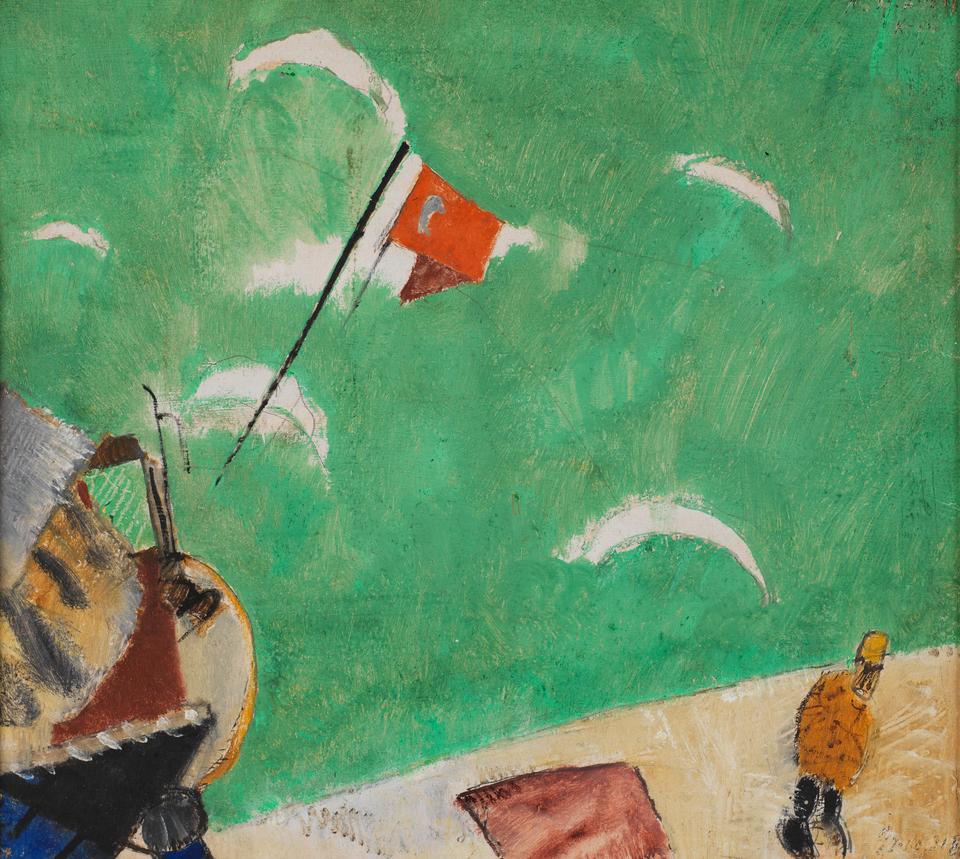
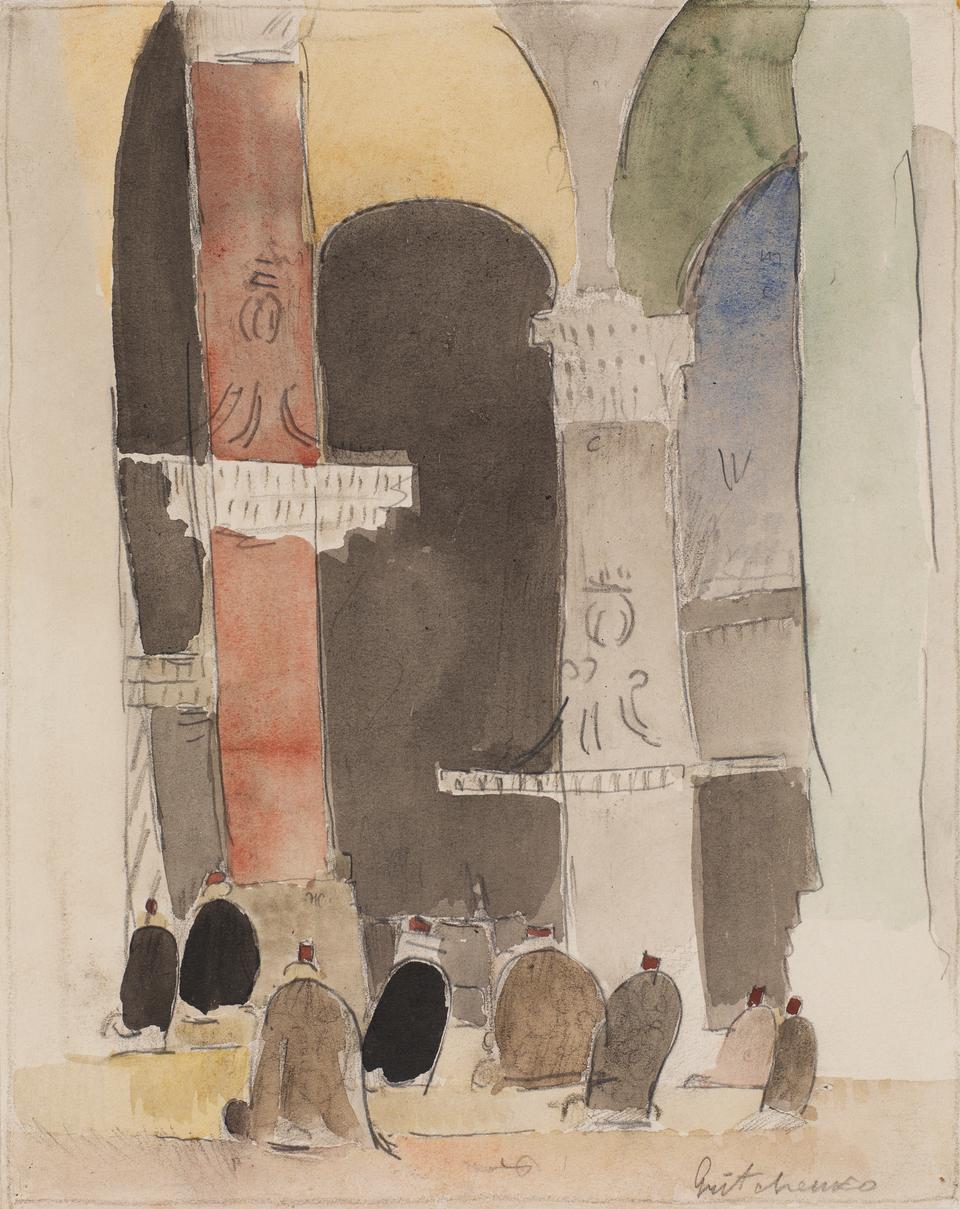
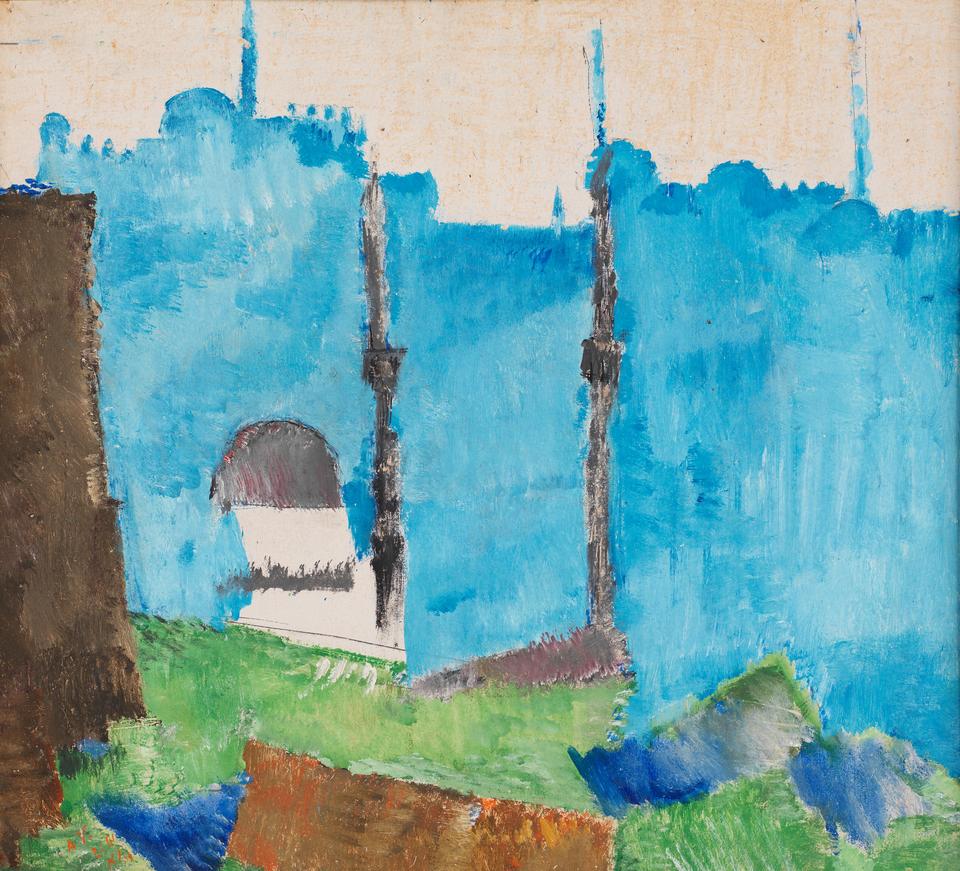
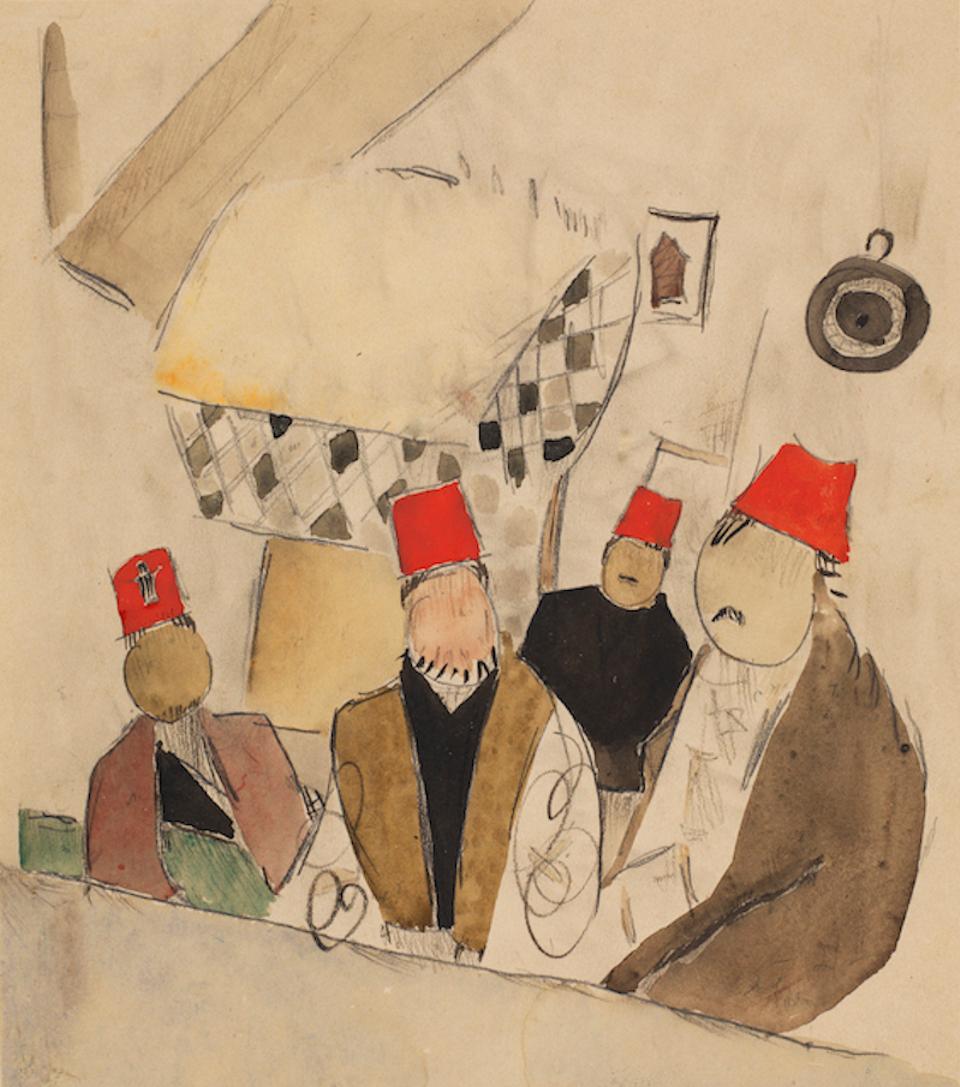
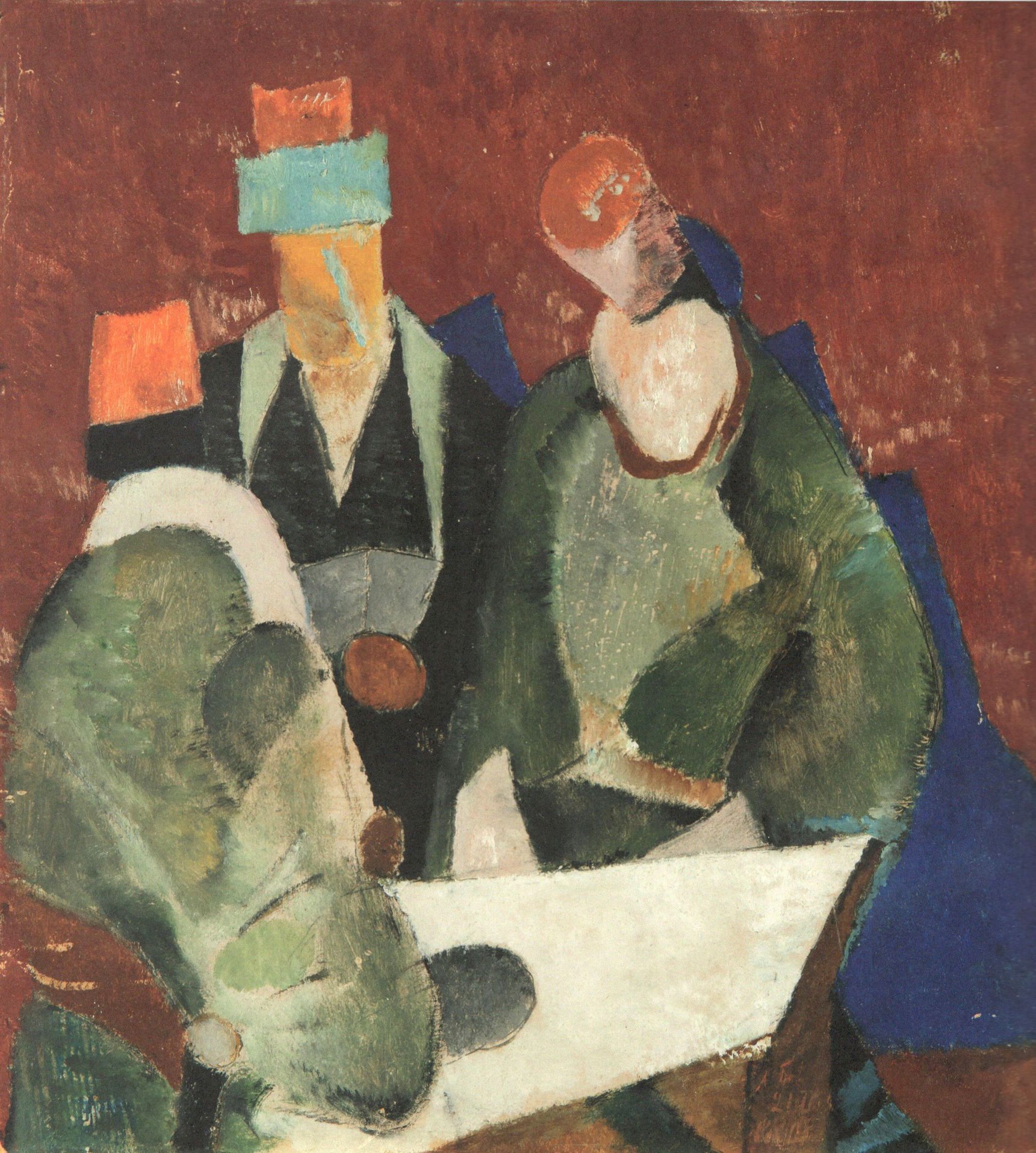
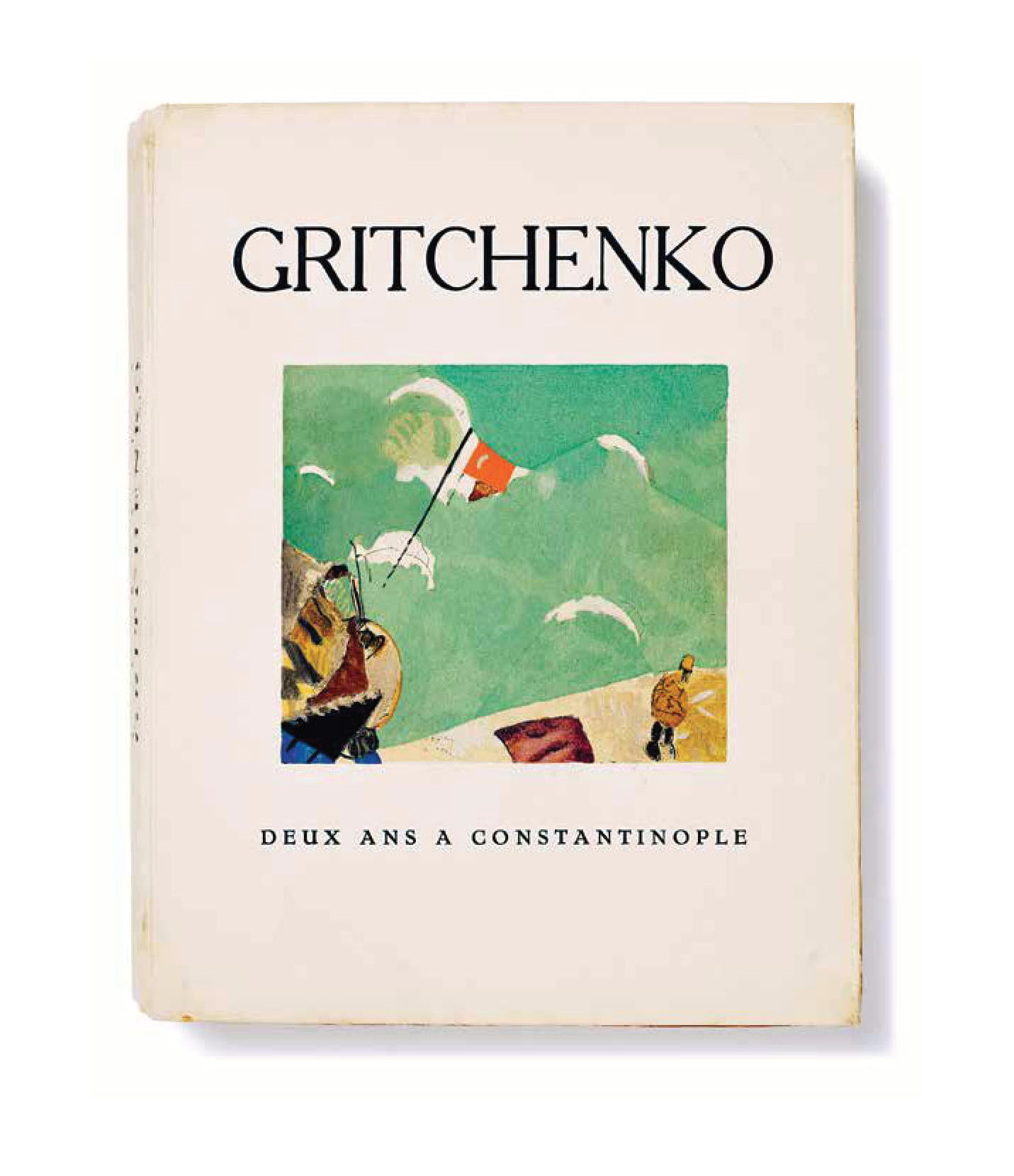
On 30 November, Oleksiy Hryschenko descended from the ship in Constantinople and saw that the city was filled with war refugees. And even though he often had to live in dire circumstances – he wrote that he ate only onions for a whole month – he never stopped painting. The artist described everything he saw and experienced in his diary in a very sophisticated and sensual way. Here are his first impressions from Aya-Sofia: “Today I managed to get to Aya Sofia. What architecture! The rhythm of rounded lines rises higher and higher, captures you victoriously and pulls you into a celestial central sphere, wide like the creation itself, like the cupola of the starry sky. What width and inspiration in the architect’s idea, what connection and what constructive force with the finest nuances that complete it all!”
Alexis Griychenko painted most of his work from that period using watercolours. Every day he went out to the city to make sketches. Later these “Constantinople watercolours” would bring the author recognition at the Paris Autumn Salon. Now he was busy attempting to visit all of Istanbul landmarks: the sketches of churches and frescoes bring him commissions and money.
It is interesting to note that in his memoirs from 1919 the artist recalls that he was reading The Diary by his compatriot Marie Bashkirtseff, an artist and a writer born in Ukraine who had achieved fame and recognition in France. Possibly, it was her detailed diary that motivated him to document his life as well: later, he published four books of his memoirs.
Alemdar, Divan Yolu Cd. No:46, 34110 Fatih/İstanbul, Turkey
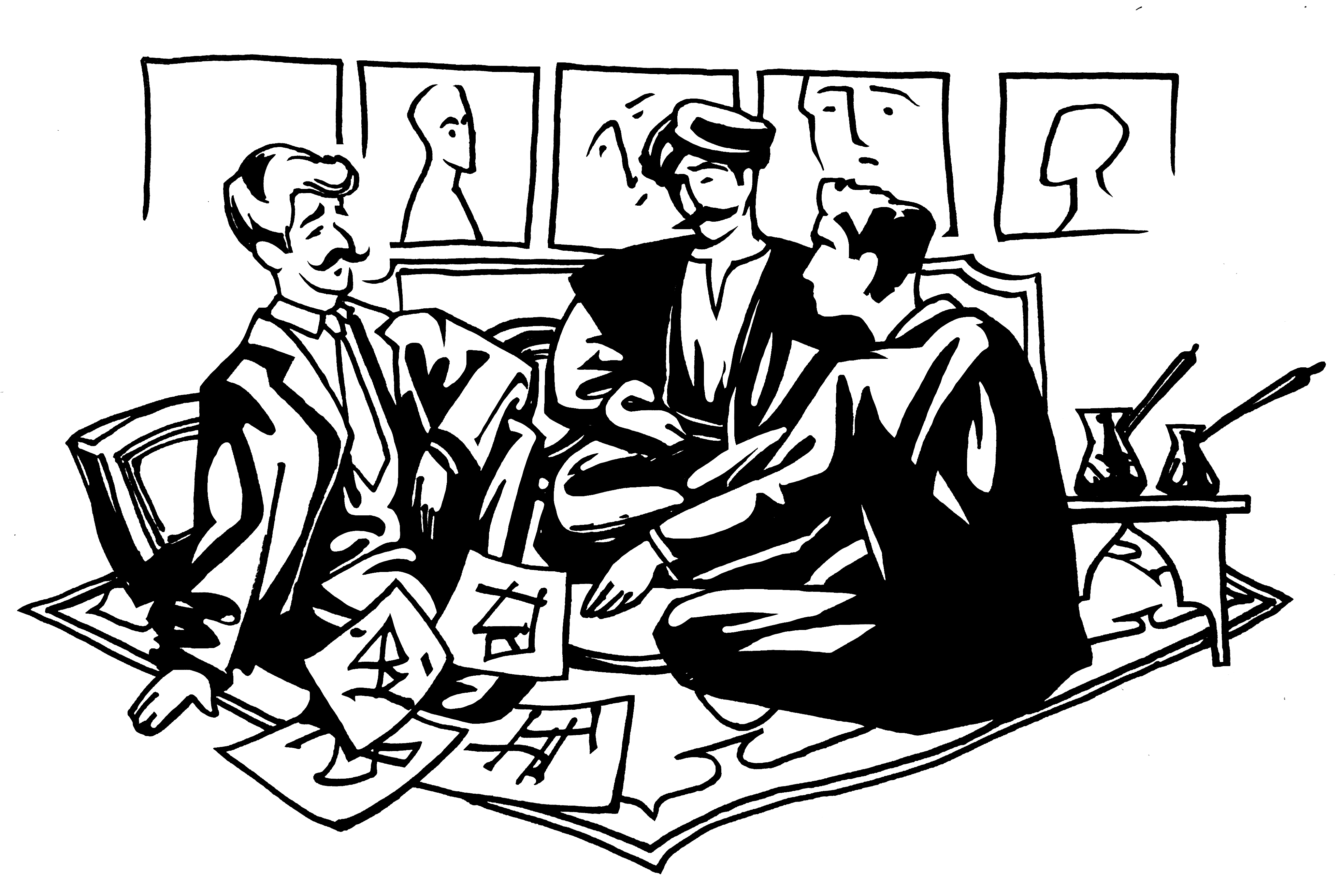
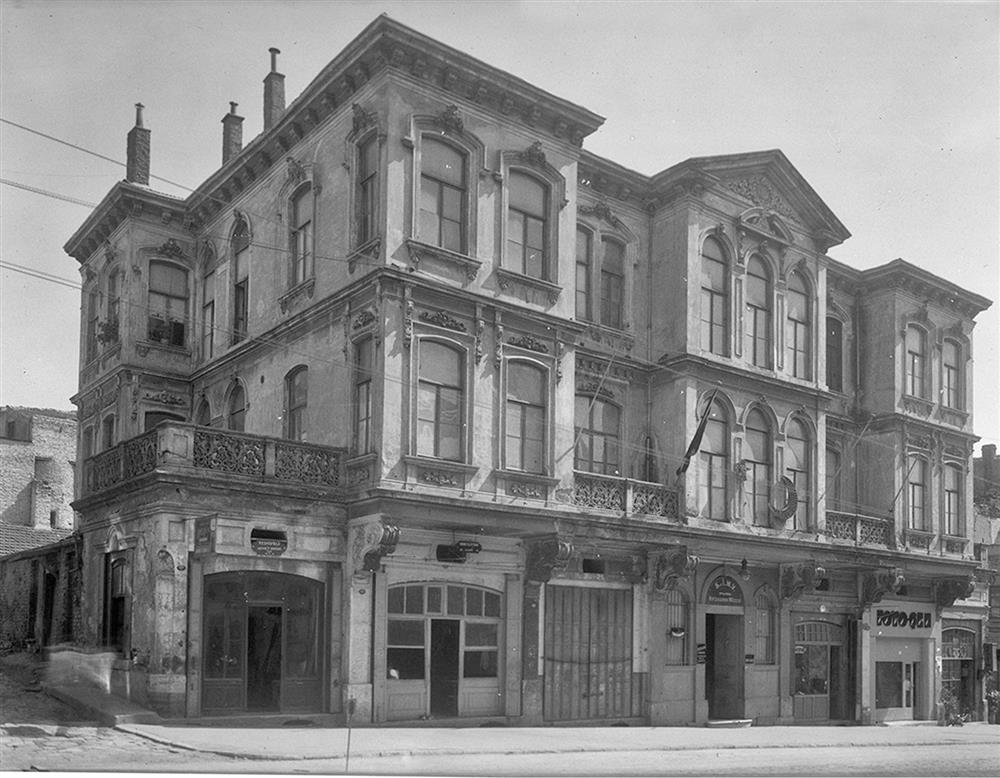
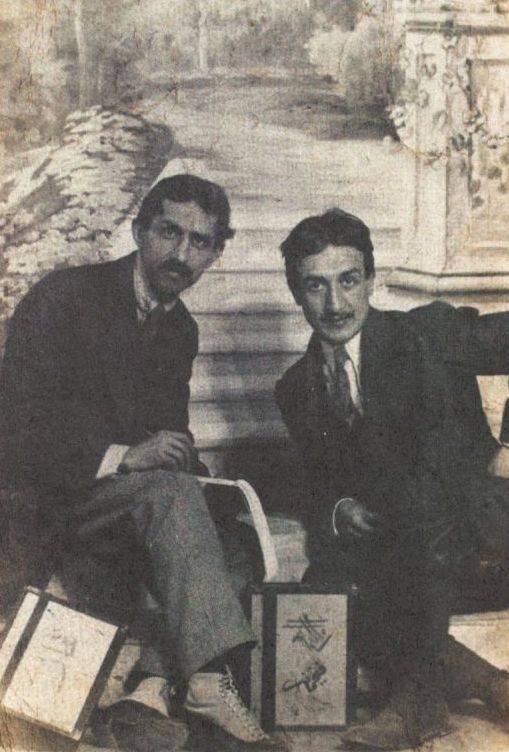

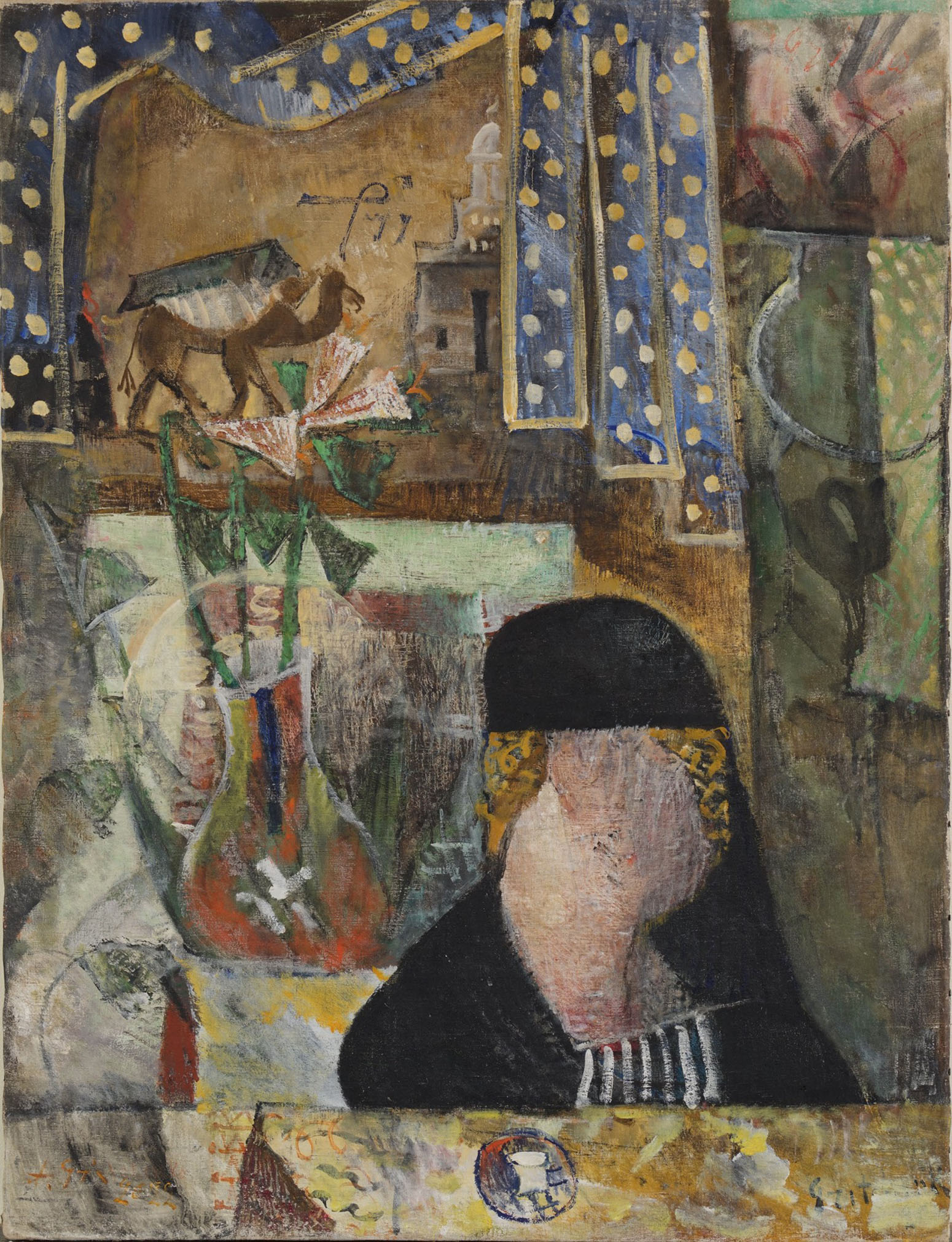


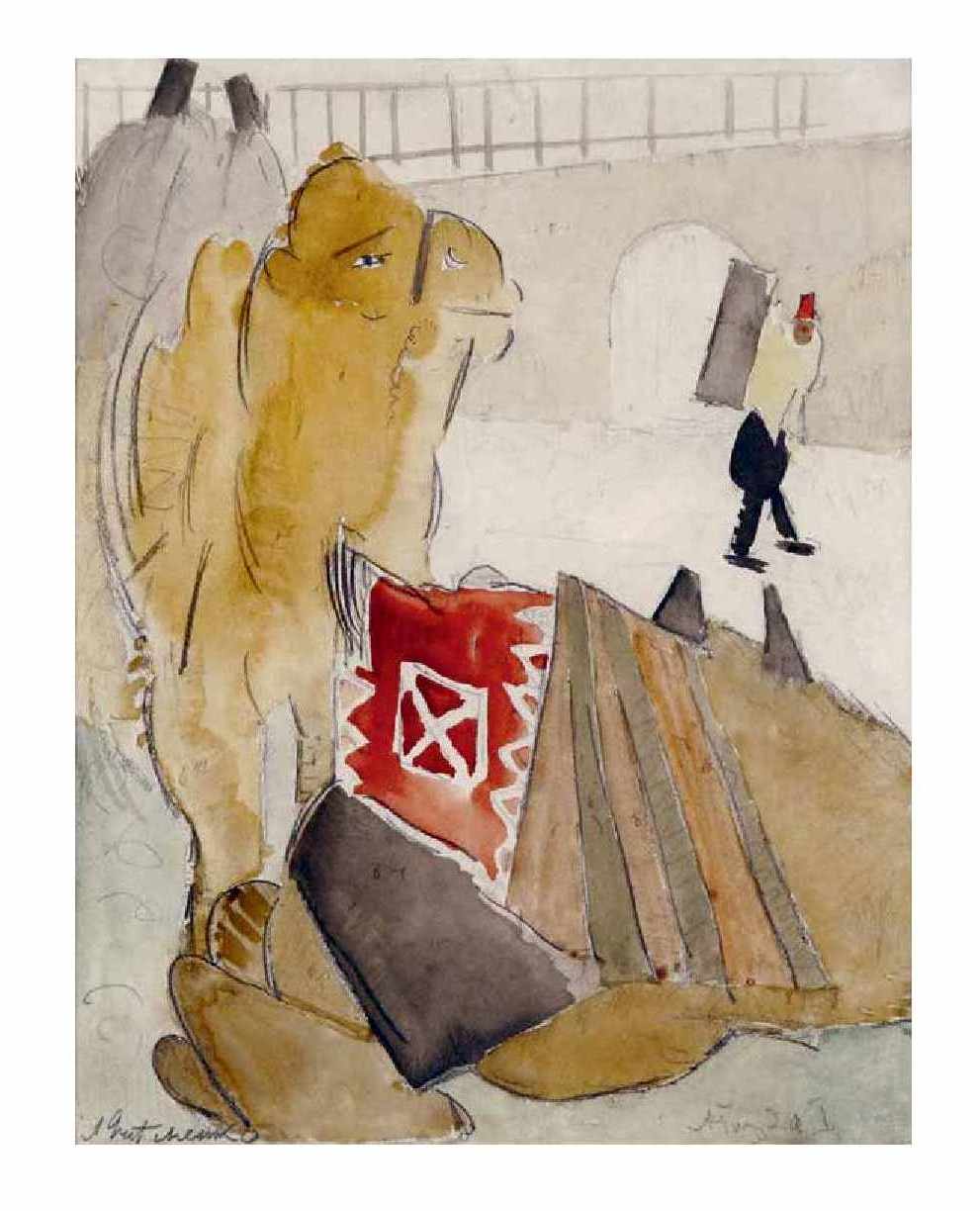

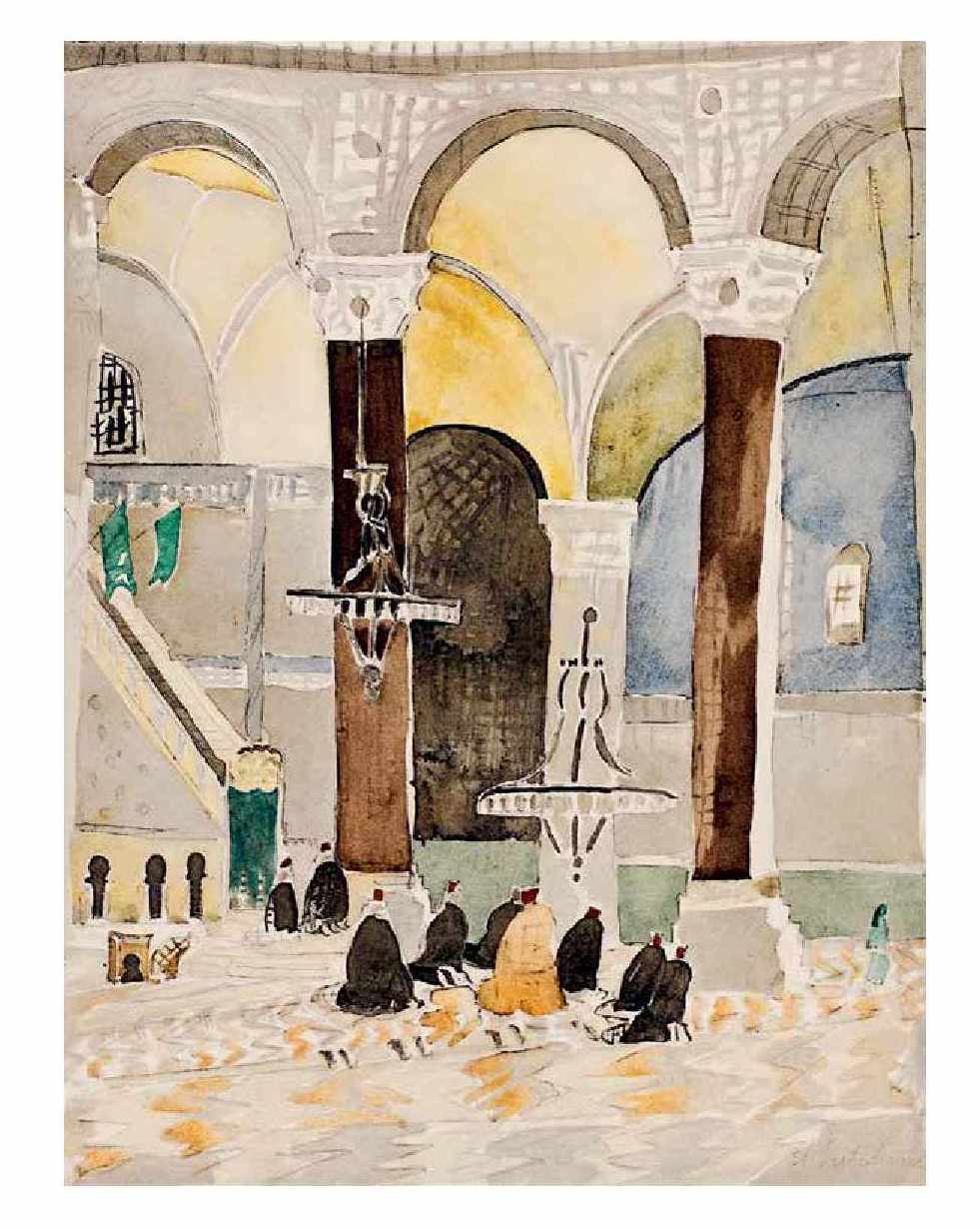
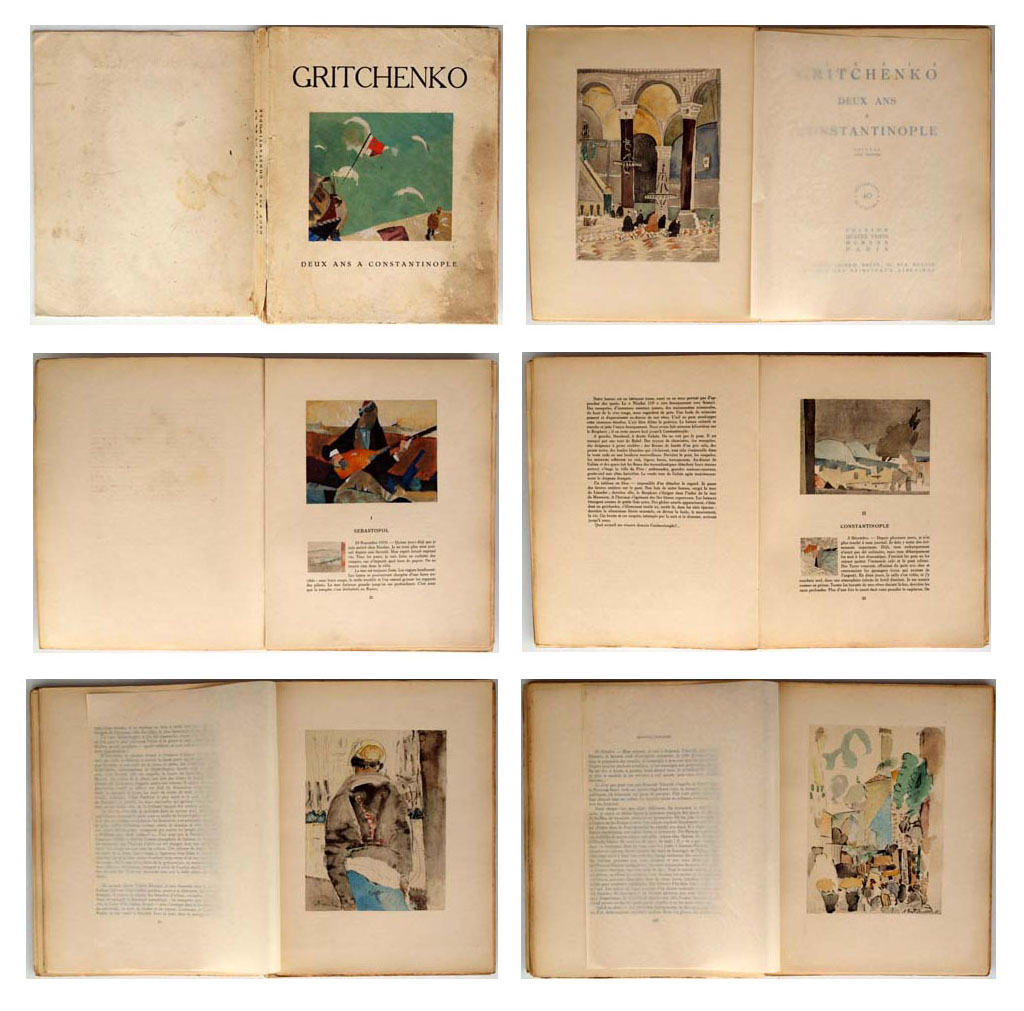
Working tirelessly, Ukrainian artist Oleksiy Hryschenko quickly became “relatively famous” among Constantinople’s expansive community of refugee intelligentsia. There was significant English, French and Italian military presence garrisoned around the city, and Alexis had to seek shelter there. Though his financial situation was not good, soon after his arrival he became friends with Turkish artists. First among these was Ibrahim Caly, professor at Istanbul Art Academy, who was supportive of Hryschenko’s creative search. Caly introduced him to the community of Turkish artists, organized his lectures for the students of Art Academy, let him in on secrets of local culture, offered him the opportunity to live in the attic of his house, and Caly’s wife even posed for Hryschenko’s drawings.
During his conversations in cafes and workshops the Ukrainian painter gradually changed the minds of young Turkish artists about contemporary European art, converting them from views that ‘western’ art was based predominantly on academic forms to the modernist faith. Hryschenko paints a lot and with gusto: city views, church interiors, scenes in cafes. The Islamic faith does not allow faces to be portrayed, but even his application of blurry spots in their place does not prevent the artist from creating perfect images and harmonious compositions. Hryschenko delivers numerous lectures, conducts discussions, and even manages to sell some work. This allowed him to improve his financial situation, but he wanted to leave Turkey and move on. In 1930 in Paris, Oleksiy Hryschenko’s memoir was published under the title “Two Years in Constantinople. An Artist’s Diary” which included 40 colour reproductions of the Turkish period. 305 copies of the book were published, 25 printed on Japanese imperial paper.
Evliya Çelebi, Pera Palace Hotel, Tepebaşı Cd. No:52, Beyoğlu/İstanbul, Turkey
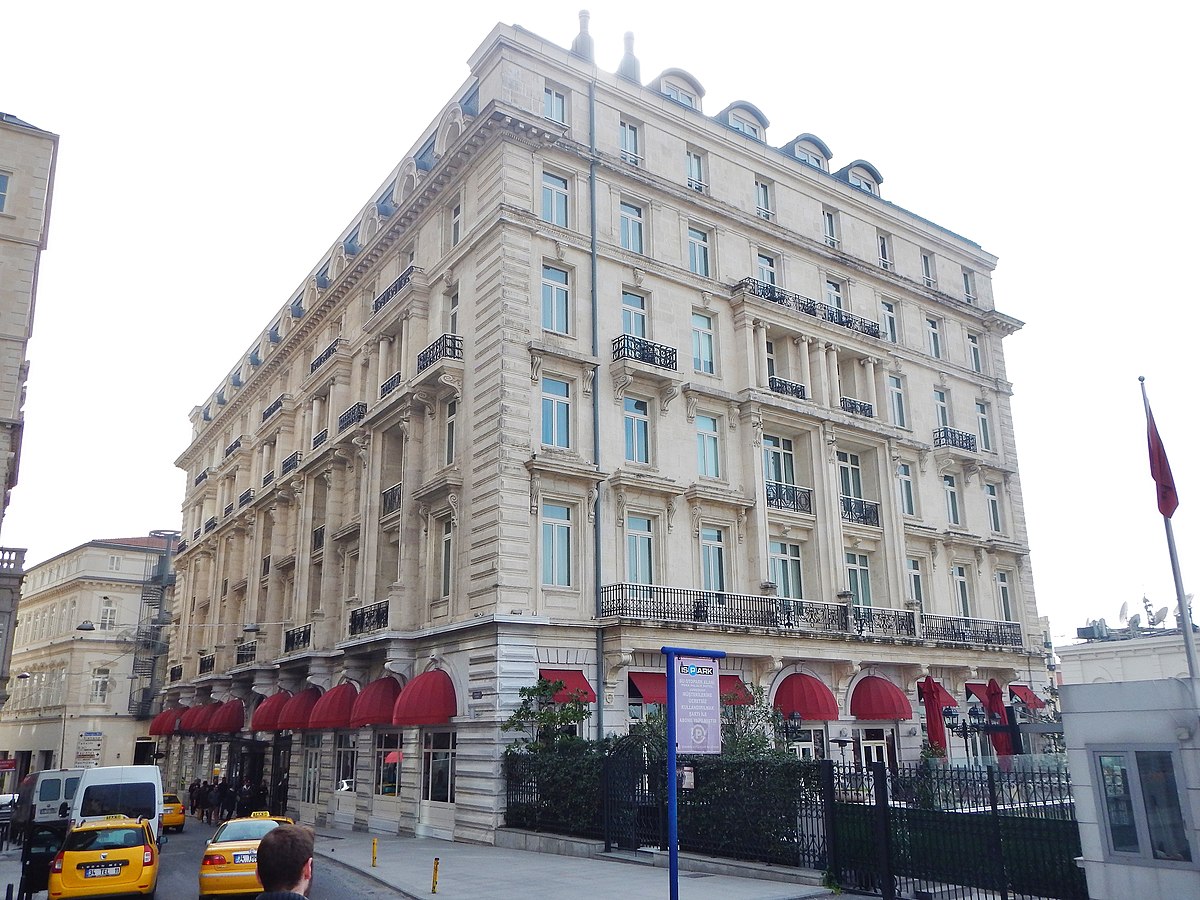
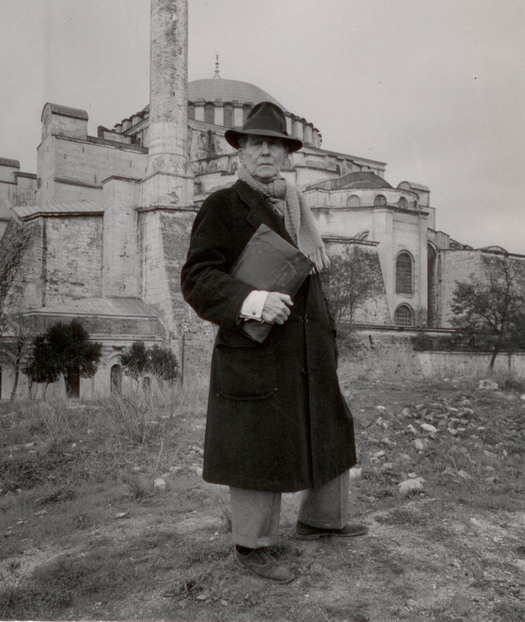
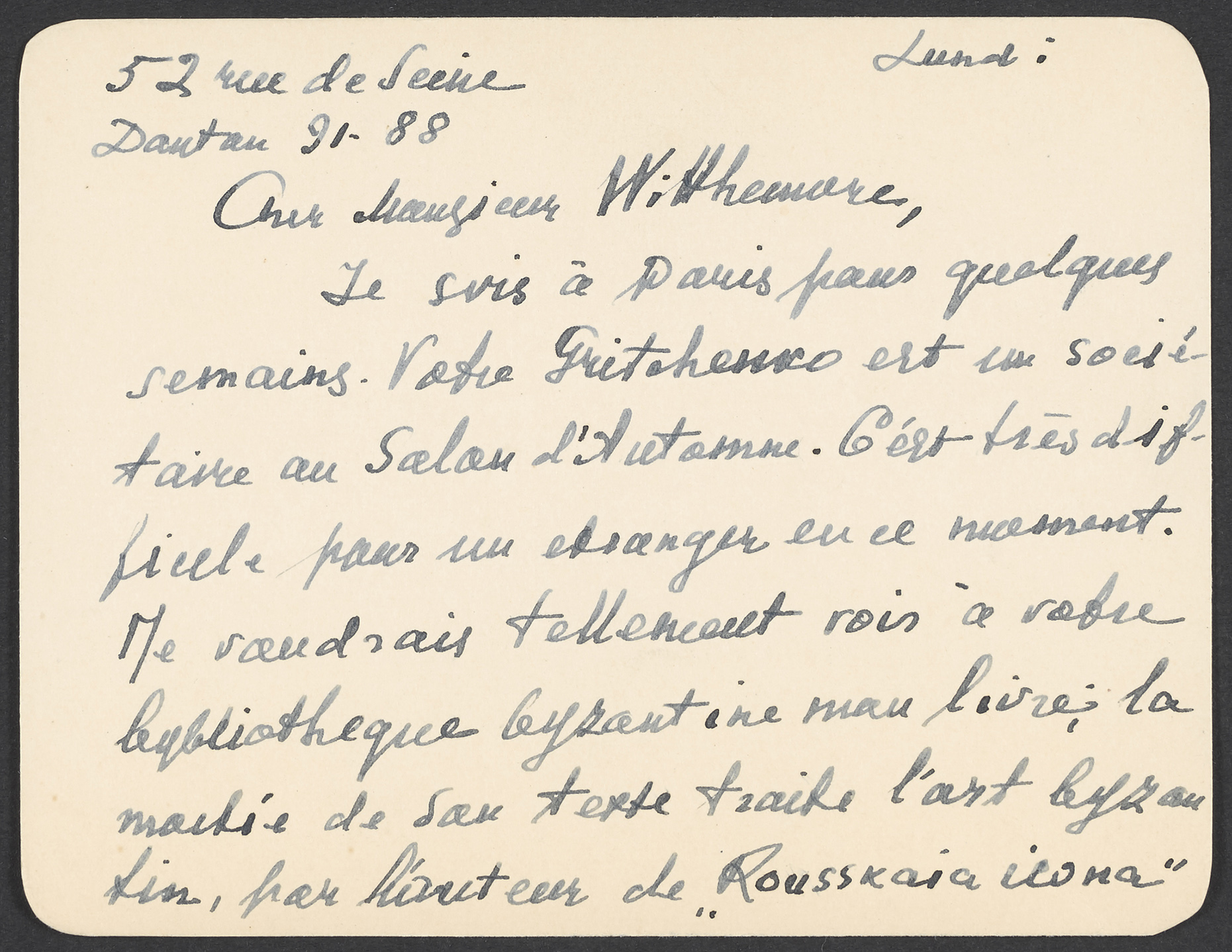
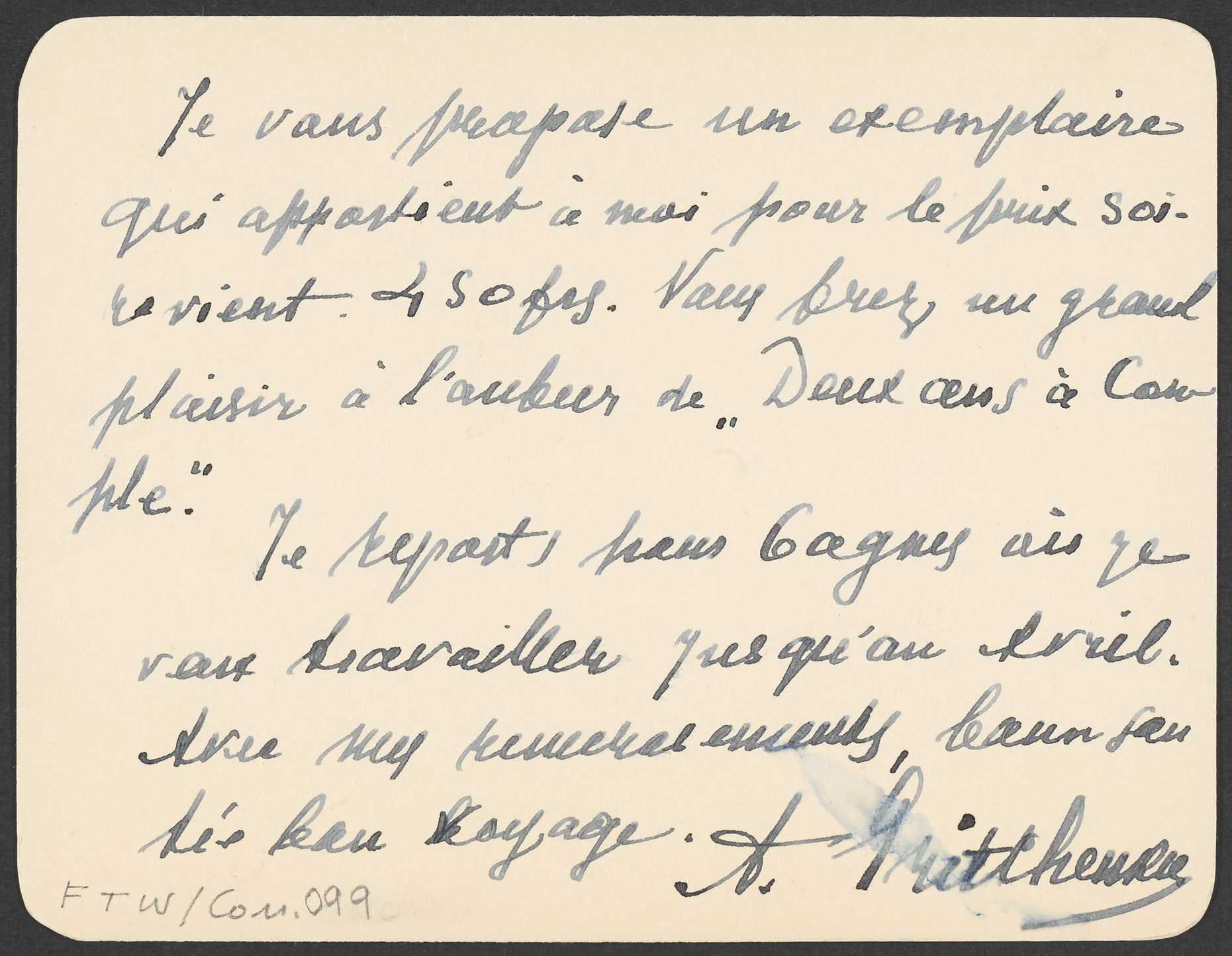
A streak of luck allowed Hryschenko to meet American Byzantine scholar and art restorer Thomas Whittemore. Somebody told Whittemore about the struggling watercolour artist, and the American’s interest was kindled. Hryschenko arrived with his work at Pera Palace, a luxurious hotel, and laid them out right on the floor. This was the start of a good relationship – on the very first day Whittemore bought 66 watercolours from Hryschenko. Outlearning that the Ukrainian had plans to move to Greece, he then paid for his tickets. They would meet again in 1923 – in Paris, at Povolozky’s gallery and bookshop. Hryschenko would have his own workshop and level of recognition by then, and Whittemore would buy several more of his works.
Mistrá, Greece
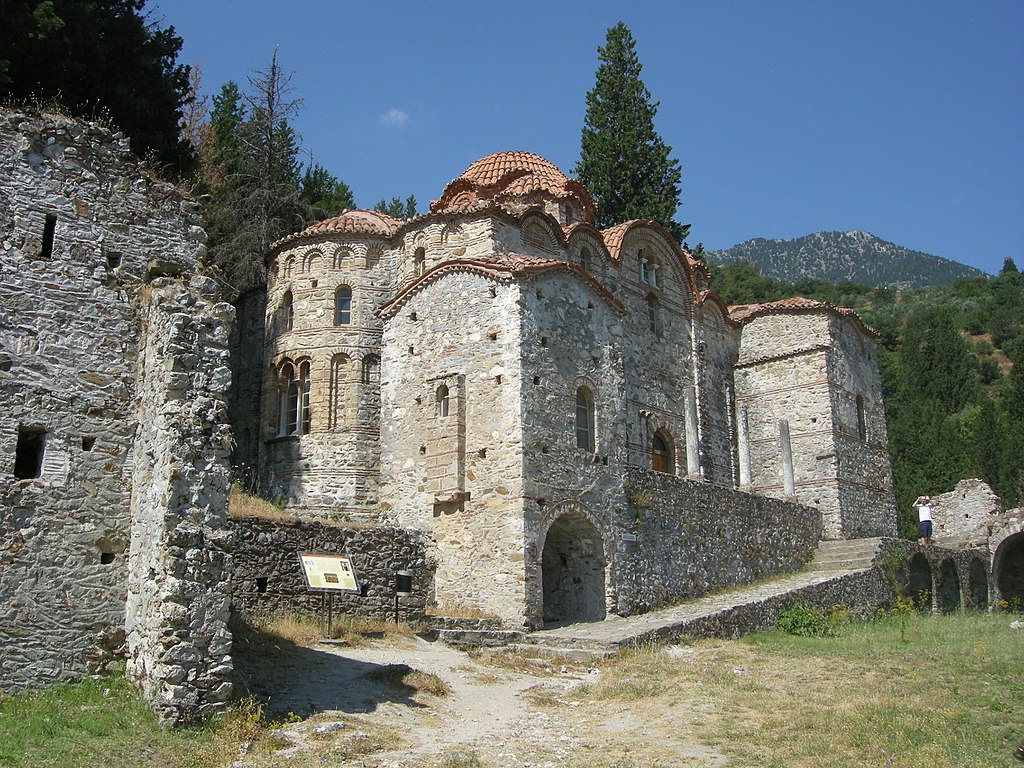
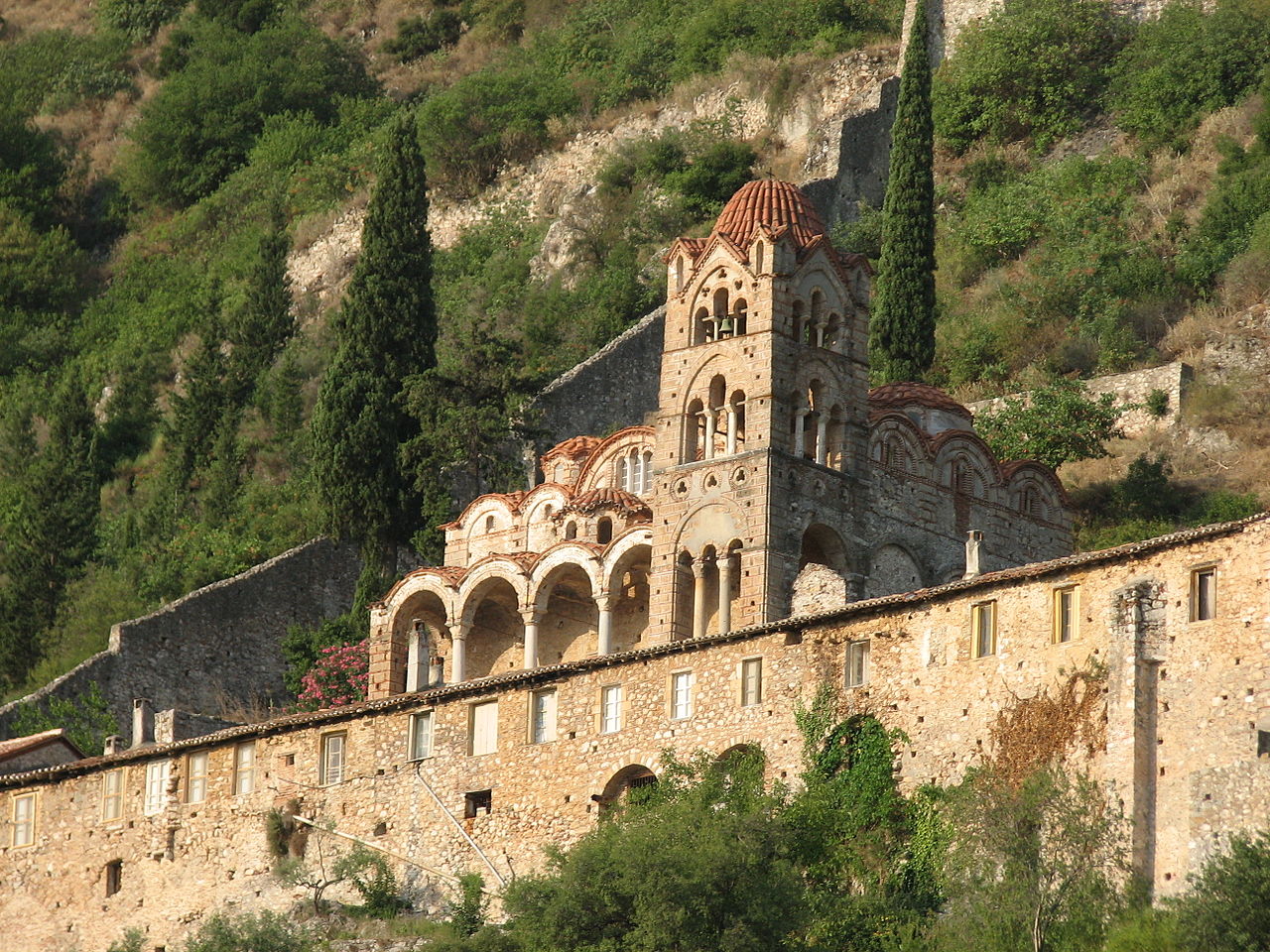
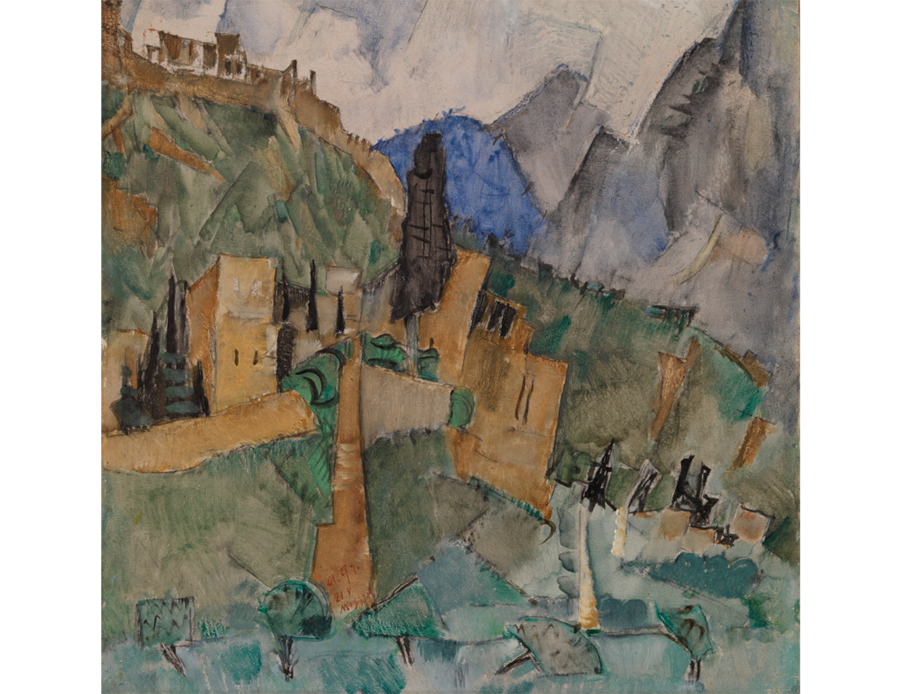

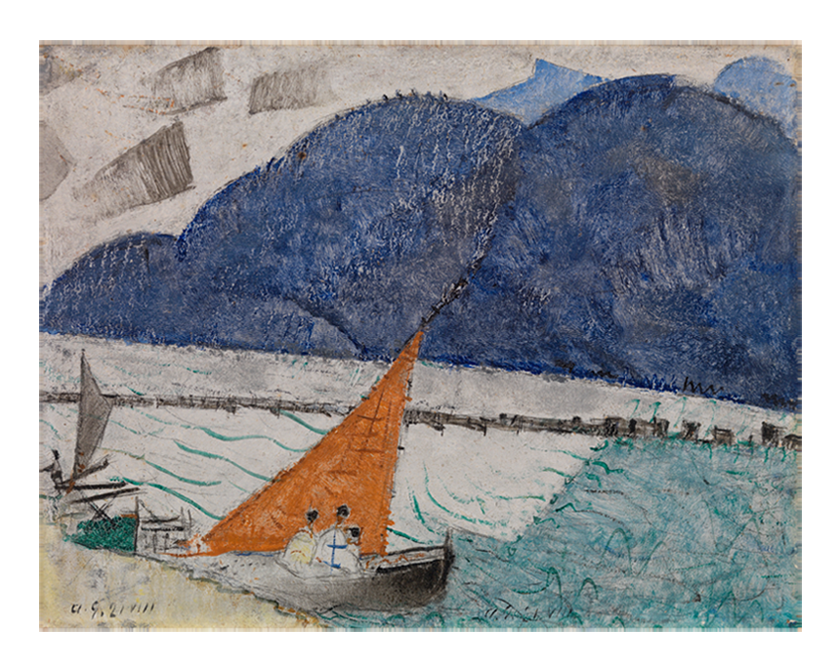

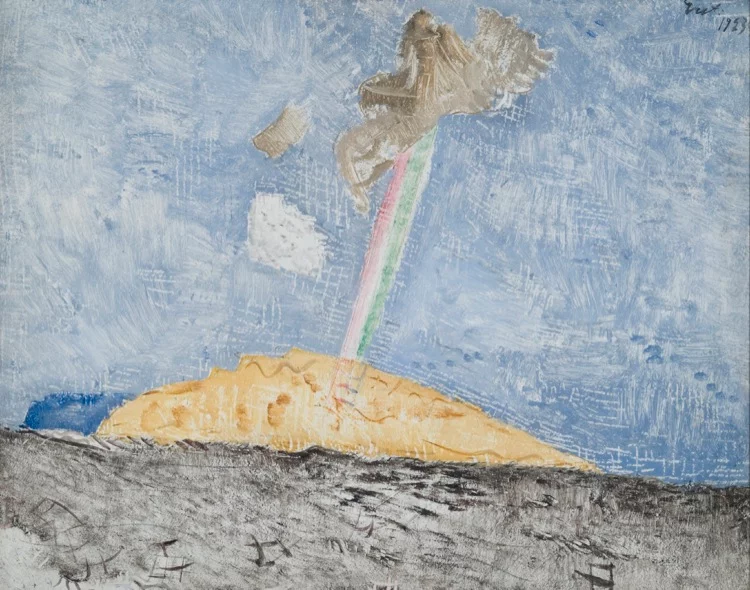
In Greece, Hryschenko’s first stop on the list was Mistra, the ancient capital of Achaean kingdom and one of the most important Byzantine cities. He is interested in Byzantine temple art; while still in Russia, Alexis published two research books, “On the connections of Rus painting with Byzantium and the West” (1913) and “Rus icon as painting art” (1917). And in Mistra, he copies frescoes of the late 14th and early 15th century in Holy Mary Perybleptos church and the Pantanassa convent.
In Greece, the painter studied not only Byzantine cultural heritage but also became captivated with ancient Greek art. While in Greece and Crete Hryschenko painted about 300 works: landscapes, architecture drawings, Greek Dancers cycle; Having become friends with Adamantios Adamanitou, the director of the Museum of Byzantine Art, he held two exhibitions there and in the Parnassus association.
3 Avenue du Général-Eisenhower, Paris, France
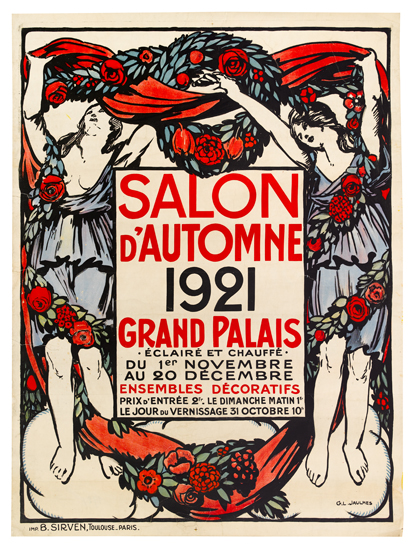
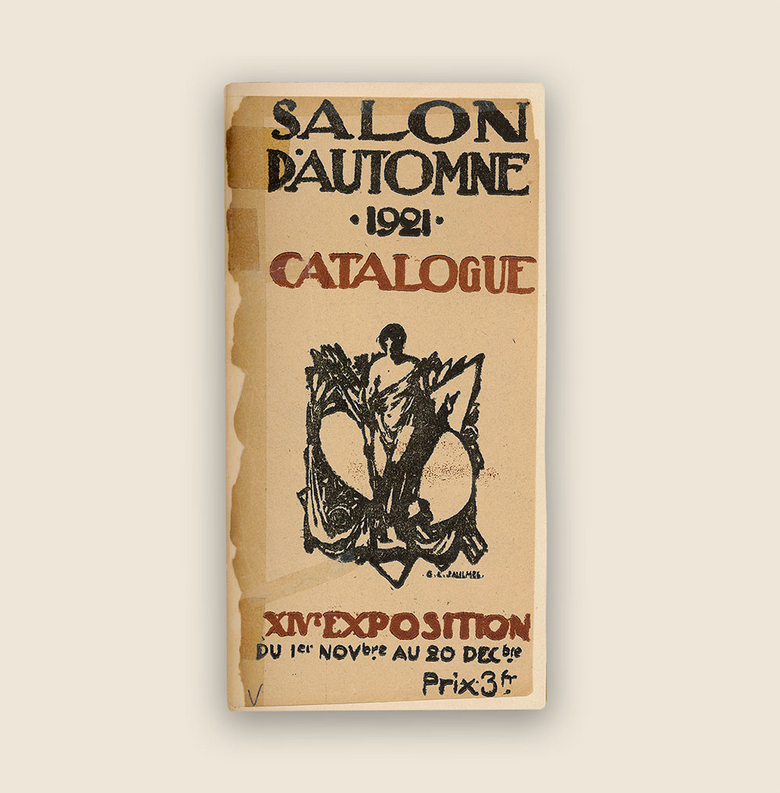
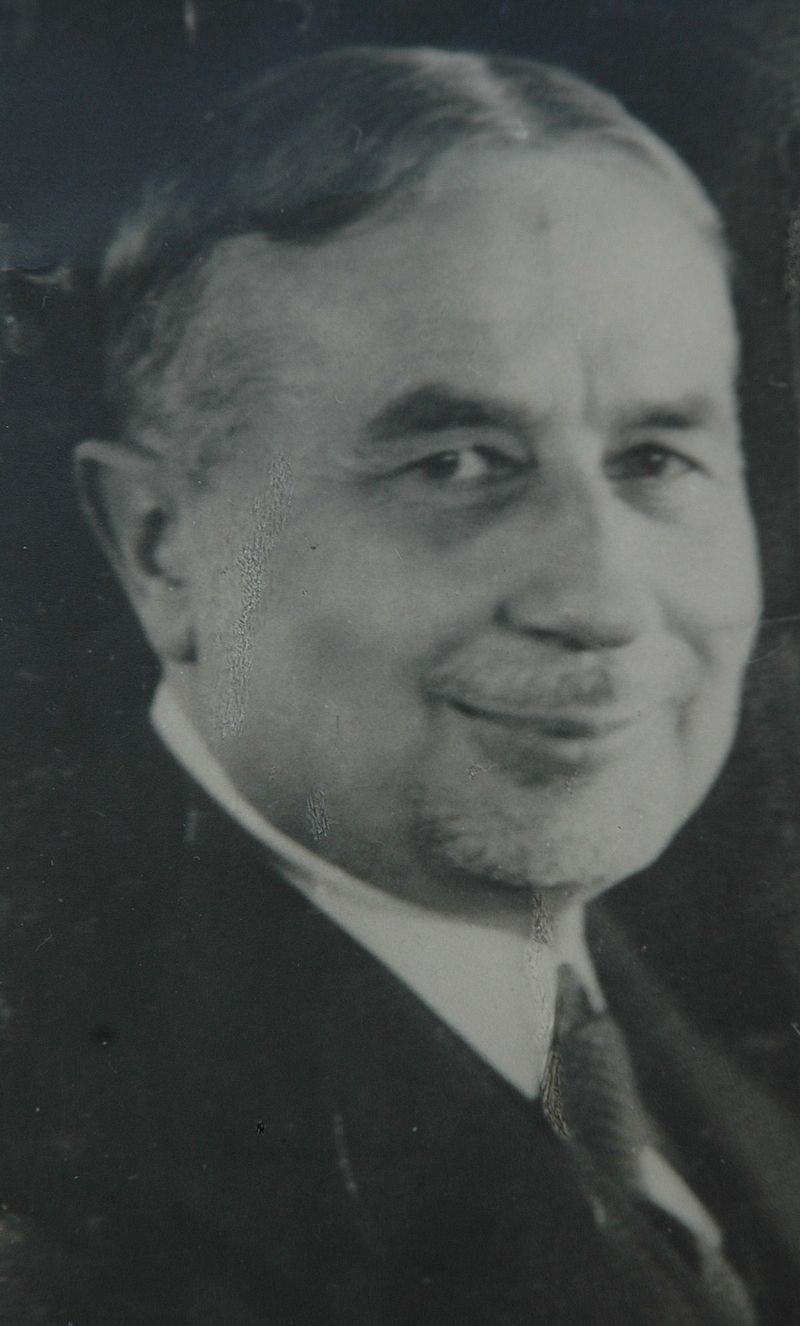
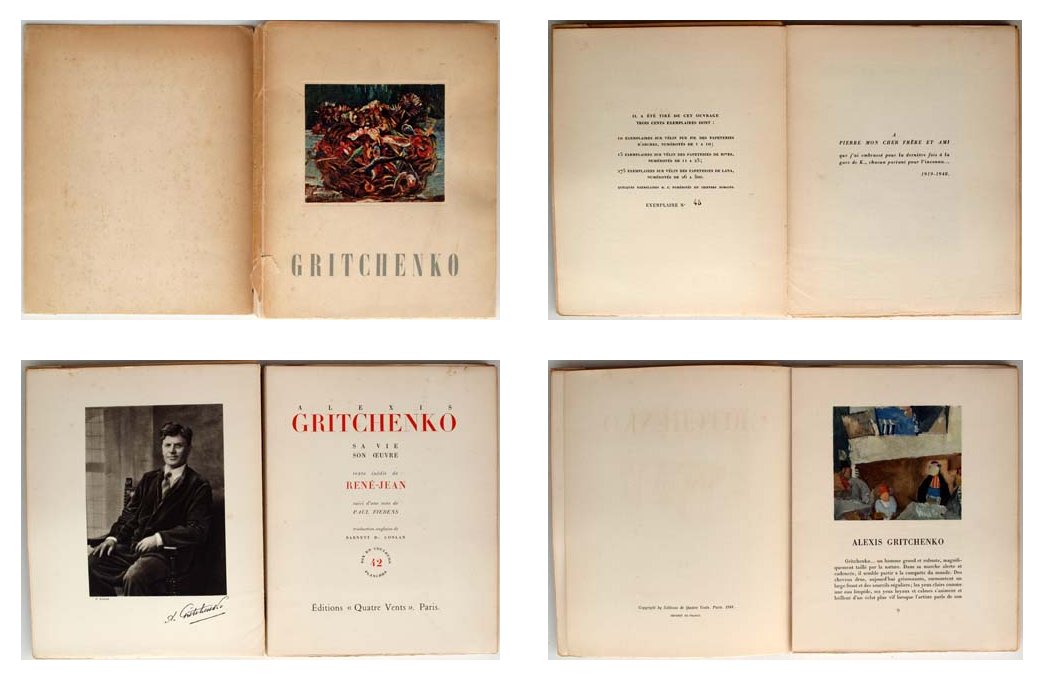
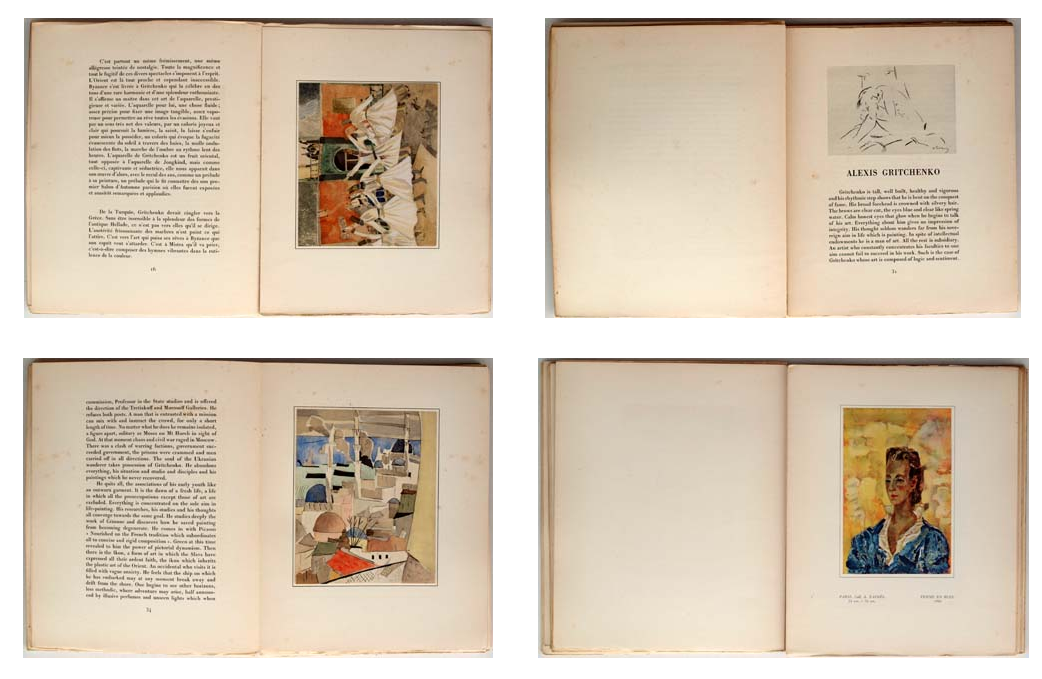
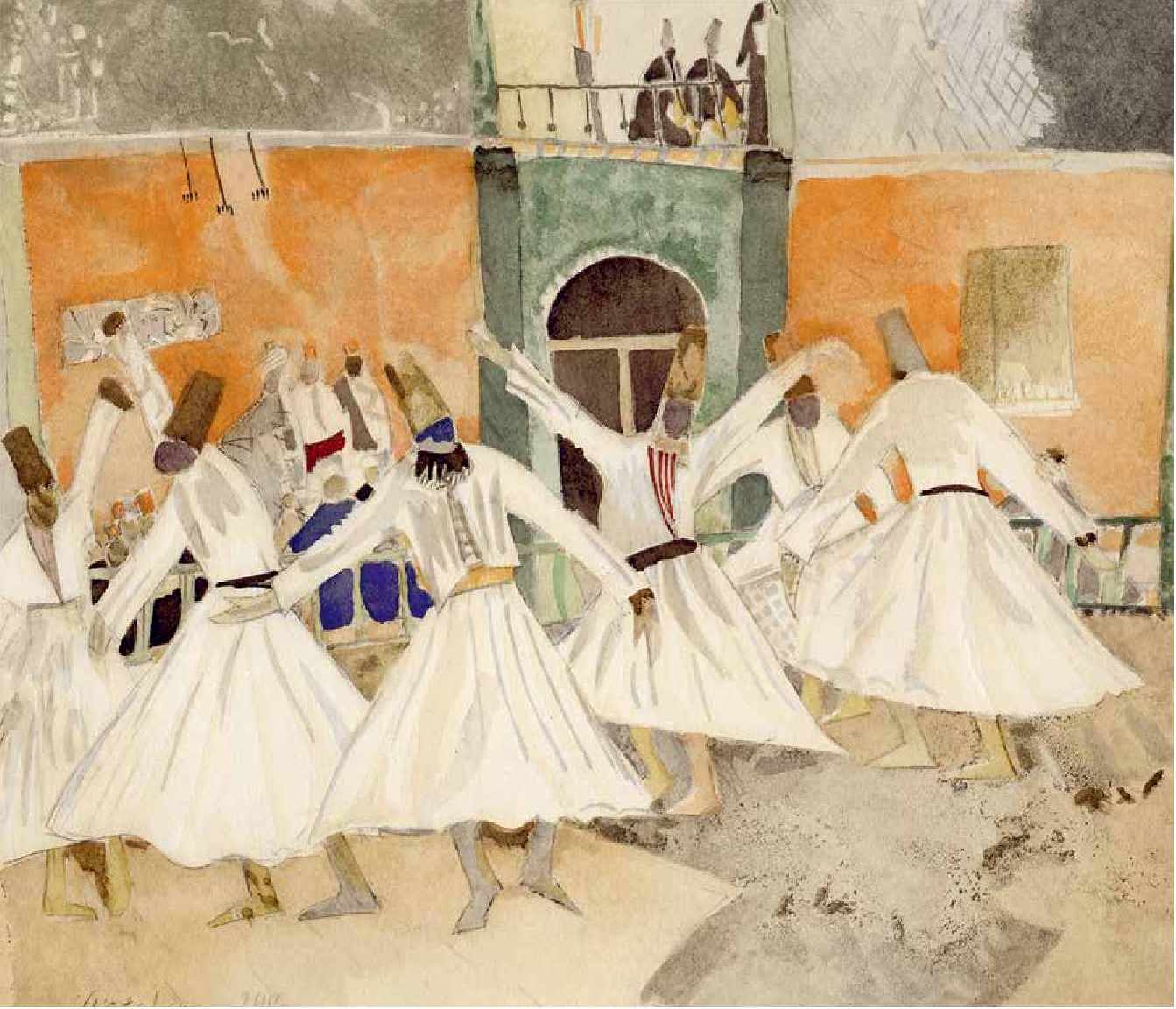
In Athens, Hryschenko met “a Frenchman”, Mr.Bique, who was a professor at a private art school and, upon seeing his Constantinople and Athens cycles, gave Hryschenko a recommendation letter for his friend, the secretary of the Autumn Salon in Paris. Out of 24 watercolours and gouaches of his “Constantinople period” submitted to the exhibition, the jury selected 12 works though ordinarily it would only accept two from the same artist.
Fernand Leger hung the works next to his own at the exhibition, and at the Salon opening the artists met. The works were praised by both critics and colleagues: at the vernissage, he was introduced to young art critic, René-Jean, who would later become practically the “personal reviewer” of the Ukrainian artist. Thus, Hryschenko quickly gained recognition among other artists and the nickname of “the Ukrainian savage” due to his free and courageous painting style.
13 Rue Bonaparte, Paris, France
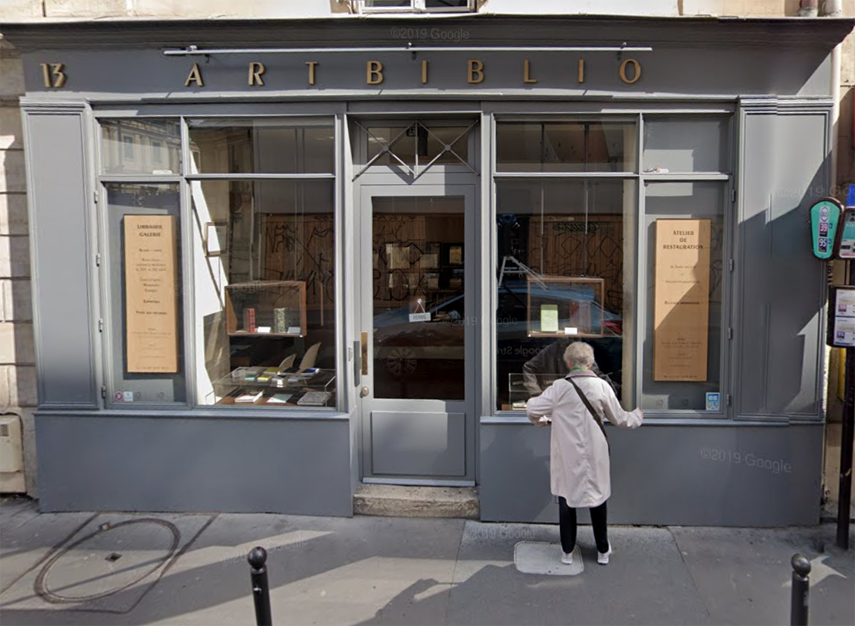
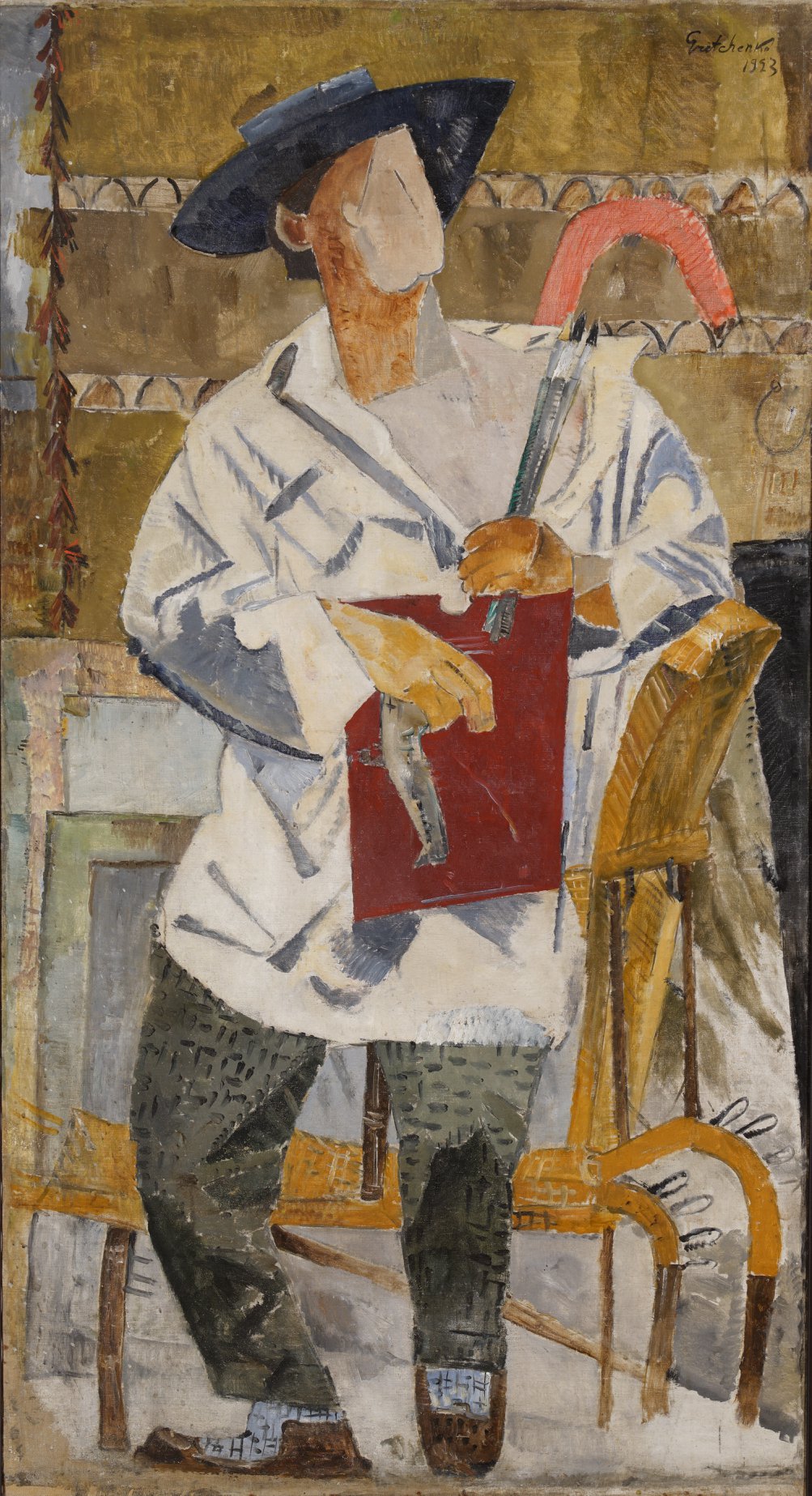
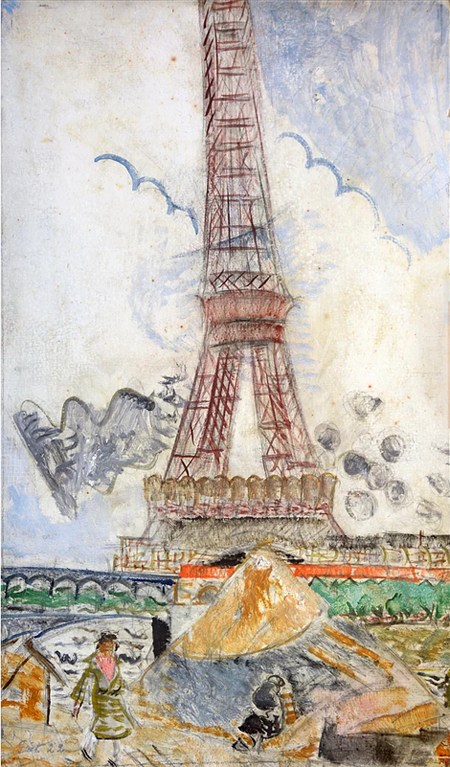
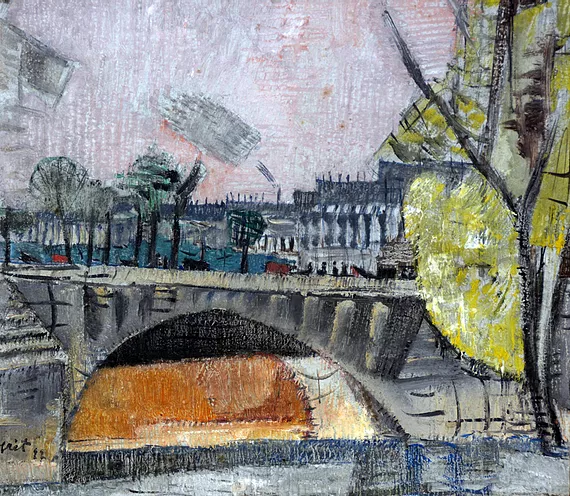
A gallery and bookshop belonging to Jacques (Yakov) Povolozky, originally from Kyiv, hosted the first personal exhibition of Oleksiy Hryschenko – “Blue and Pink Constantinople” – where he showcased 22 paintings and 50 watercolours. The introductory articles to the catalogue were written by Claude Farrère, a writer and a fan of oriental exotics, and André Levinson, poet, critic and art scholar who had known Hryschenko while still in his Russian cubist period. When André met him in Paris, he proposed to organize an exhibition at Povolozky’s. Despite an abundance of visitors, the exhibition yielded no profit; not a single work was sold. “Still, this exhibition started the career of Ukrainian wanderer in Paris,” Hryschenko wrote in his memoir.
In Paris,Hryschenko had good contacts both with French artists, gallery curators and critics and with his compatriots. In 1911 in Paris, he met sculptor Alexandre Archipenko; he was friends with Sofia Levytska, also an artist; he lived in the villa of a well-known Paris dentist from the Poltava region, P. Krichevsky in Fontenay-aux-Roses, the latter acquaintanceship resulting in a Hryschenko portrait of the dentist’s wife.
In 1922, at the Dominique gallery, he exhibited his Greek landscapes. In 1923 at the Autumn Salon, Portrait of an Artist and Still Life was shown. And in 1924, his Paris works hung at the Percier Gallery.
54 Rue la Boétie, Paris, France
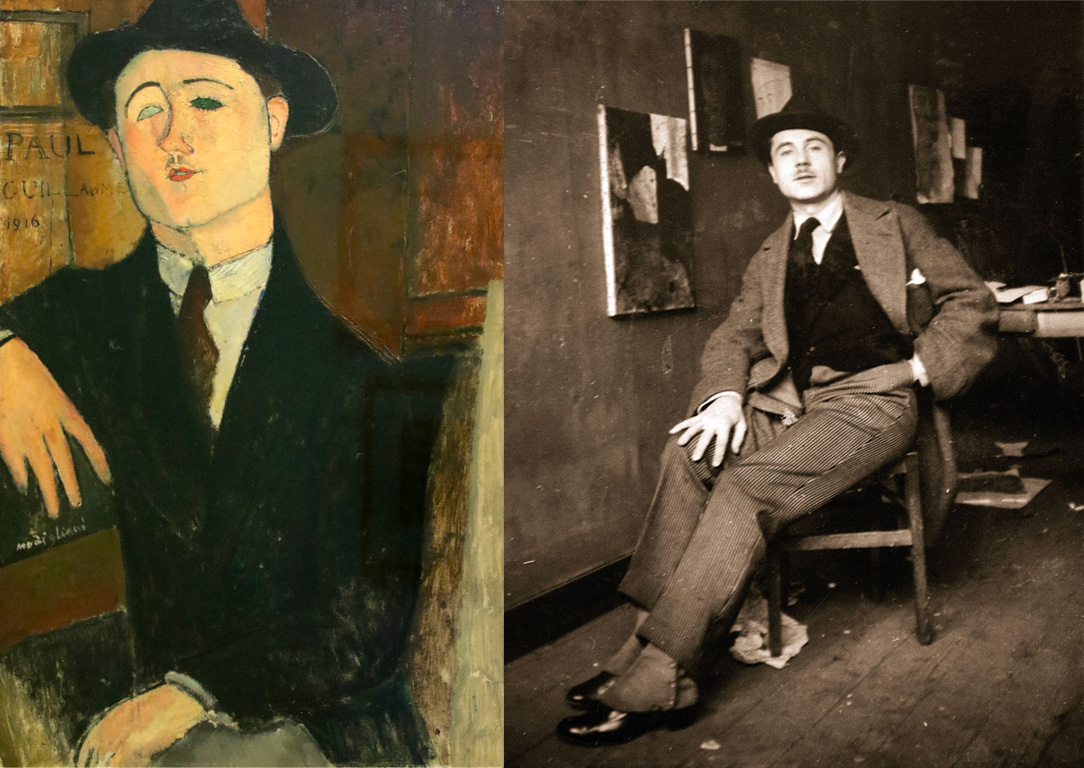
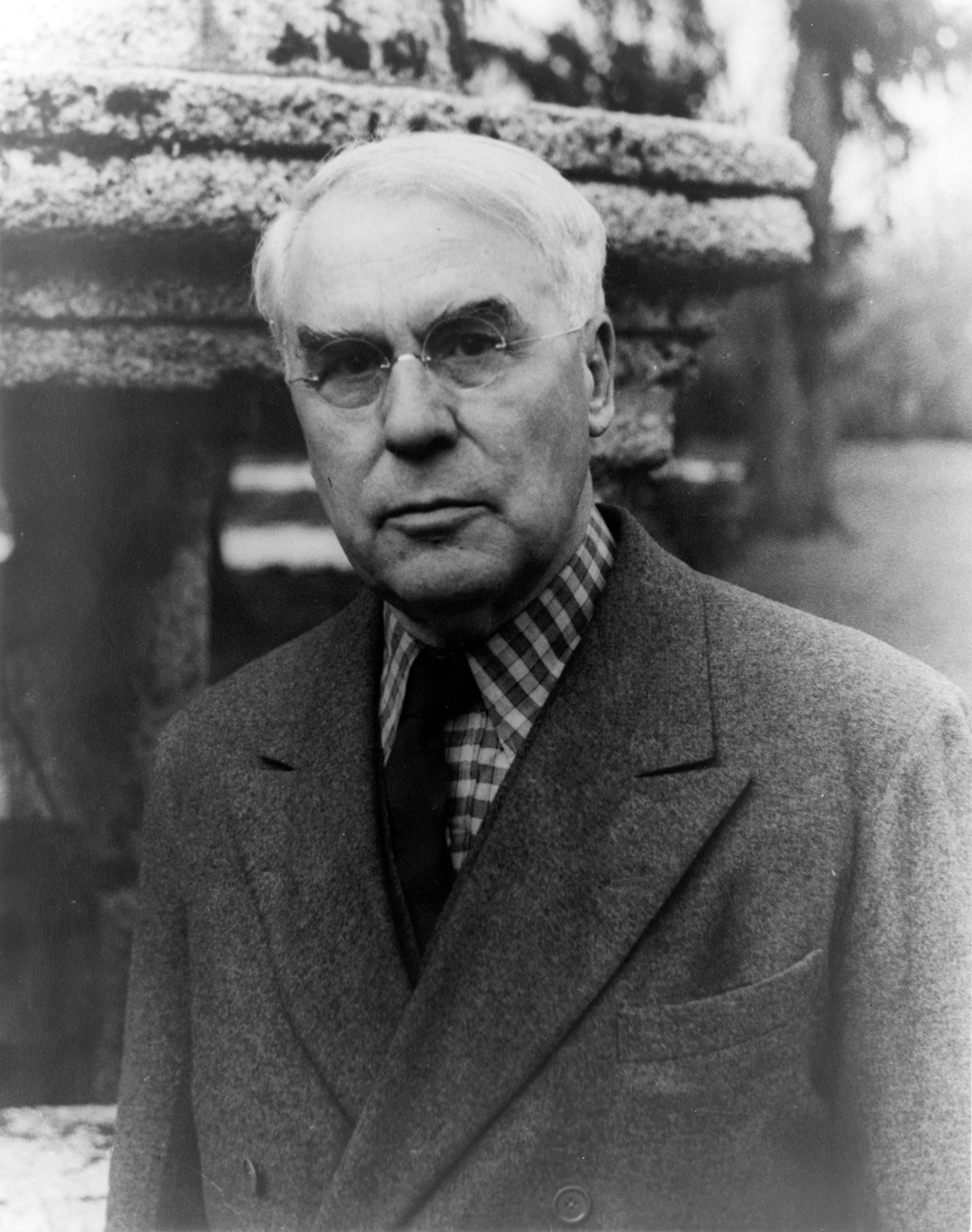
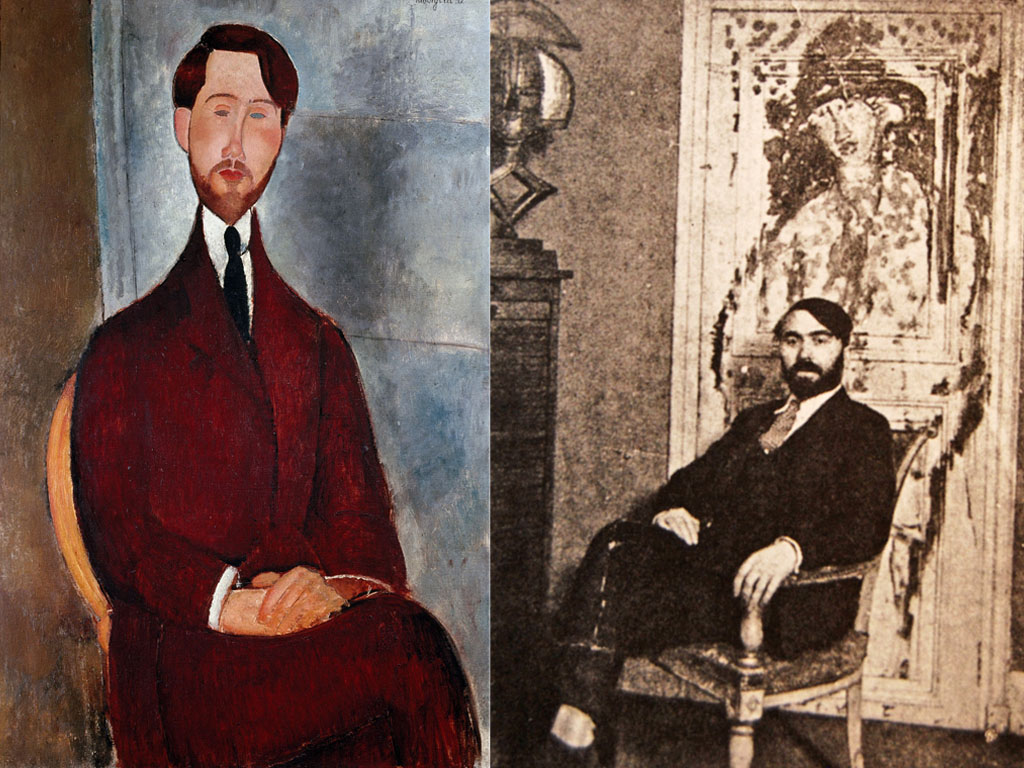
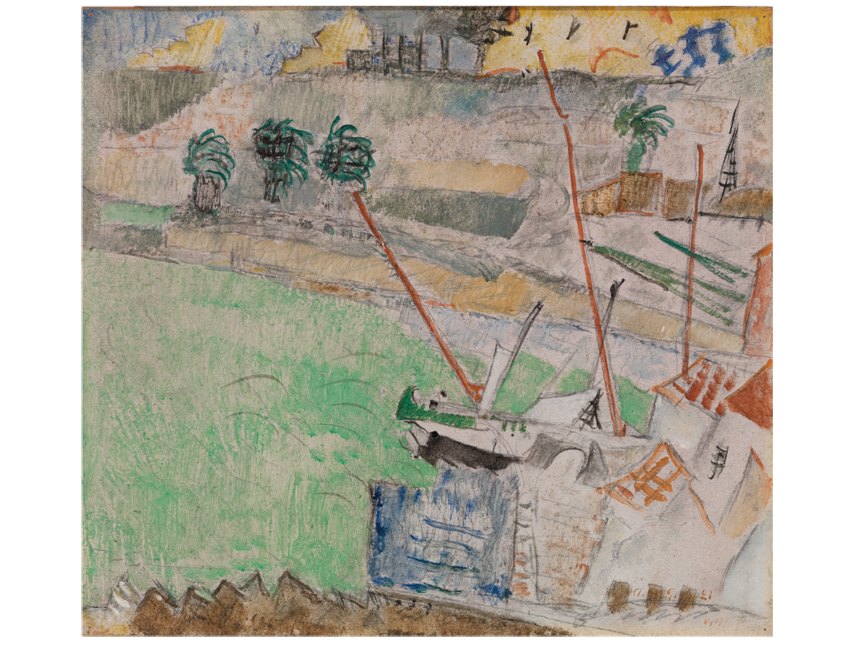

In search for galleries to cooperate with, Hryschenko met a leading art dealer of the time, Paul Guillaume. He was a friend and dealer of Dr. Barnes, a doctor and millionaire from Philadelphia who had the idea to establish a museum for employees of his enterprises in Merion. In Paris, he bought 100 works by Renoir, 50 by Cesanne, seven by Modigliani, two by Picasso, five by Matisse, and two by Utrillo among others. In 1923, Dr. Barnes bought Hryschenko’s works through another dealer, Leopold Zborowski. In total, Dr. Barnes bought 17 works of the Constantinople period, which later became a part of the Barnes Foundation collection and were donated to Pennsylvania Academy of the Fine Arts in Philadelphia. According to the most recent information, seven works by Oleksiy Hryschenko now belong to the foundation.
Coimbra, Coimbra, Portugal
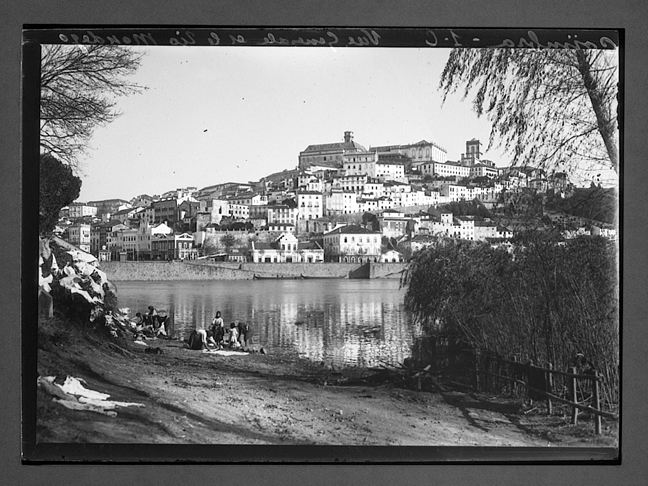
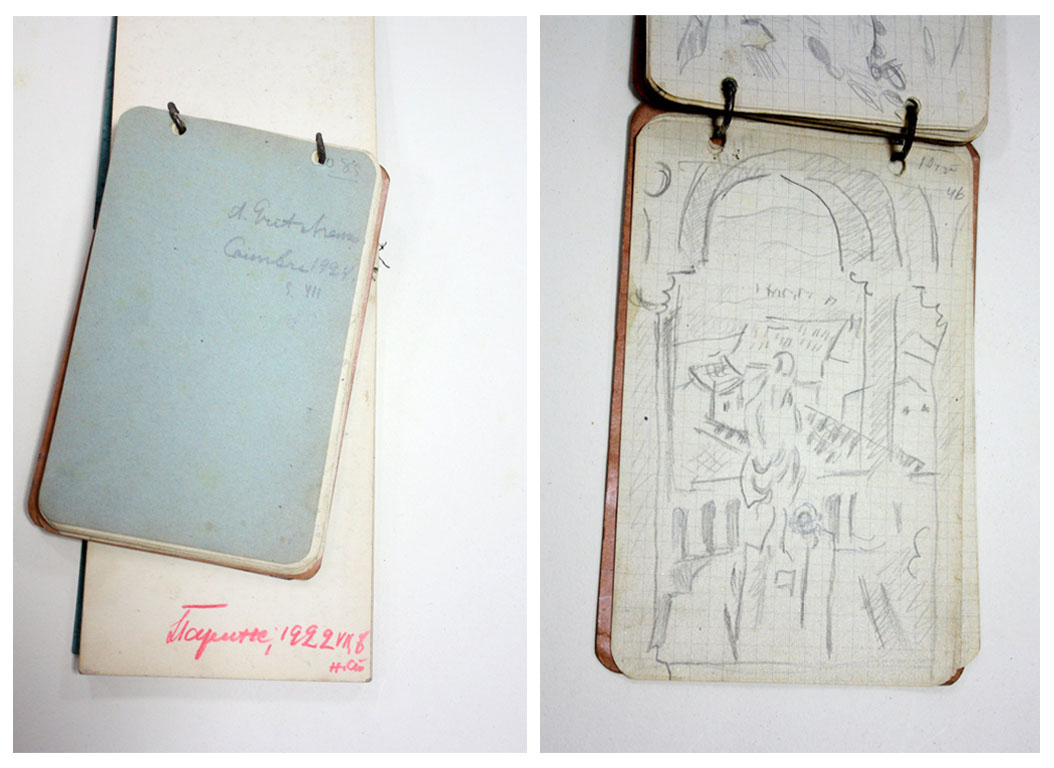
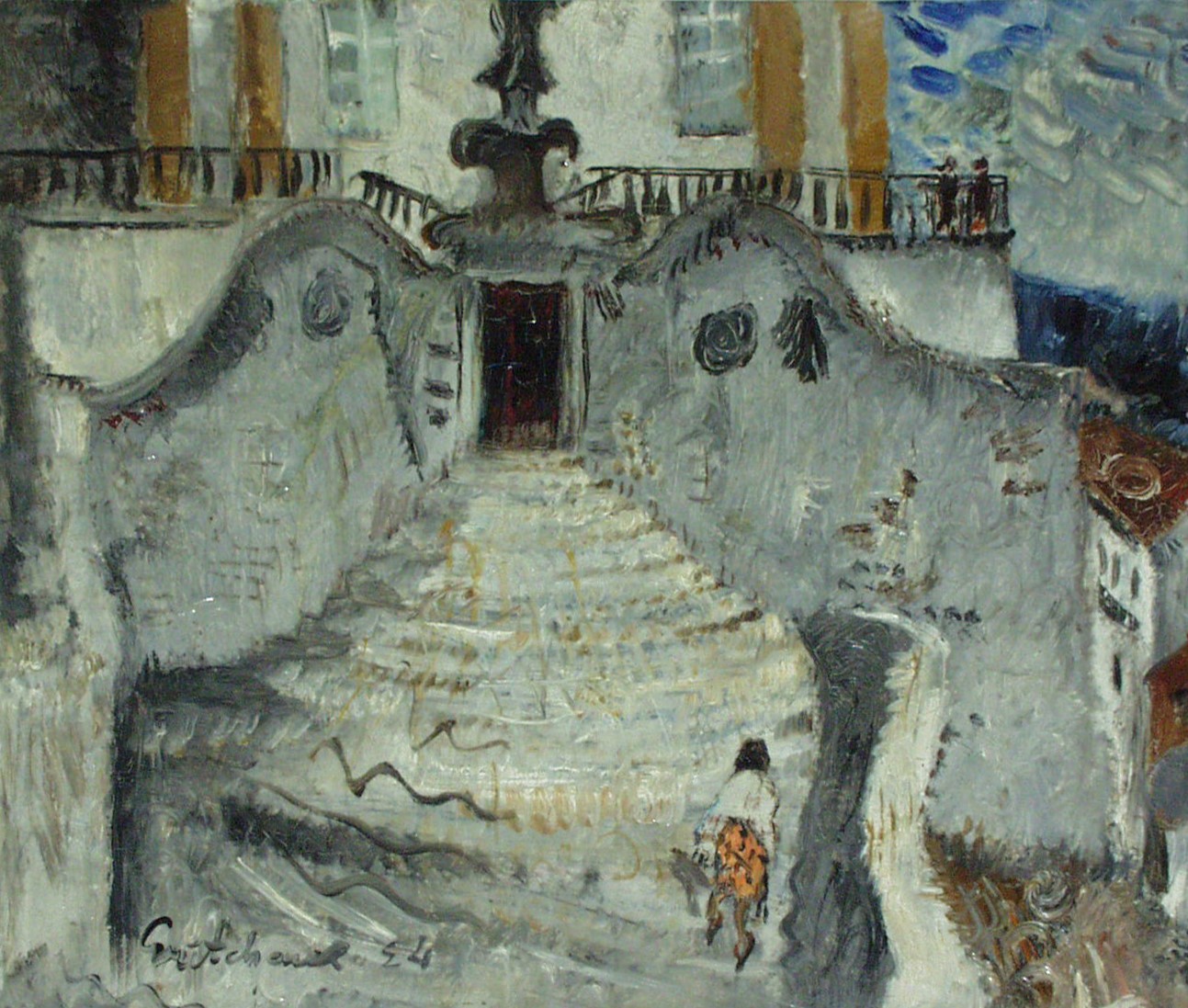
In 1924, Oleksiy Hryschenko went to Portugal for six months and returned to Paris with a new “Portuguese cycle”. The south of Portugal inspired him and he painted a great deal. “Coimbra is an exceptional city, 80 kilometres from the ocean. Just like there is a Far East, here there is Far West. It looks African. Even in summer there are vapours and fogs… Yes, this is exceptional country, with blue and green cork oak forests on rolling hills. Among the vineyards on red soil one sees spires; chapels with curved walls and wide stairs that look like fortresses. And the architecture of basilicas and palaces is a manifestation of a rich and blooming Baroque…” the artist recalls.
Portugal changes the artist’s hand: his colours become more intense and saturated, their texture denser. This love for warm landscapes and southern marinas became a common theme in his creative practice and communication with his contemporary and friend, Othon Friesz. The Ukrainian artist showed his works to Pablo Picasso, and he singled out Coimbro, a cubist watercolour. It didn’t hurt that the Portuguese series sold exceptionally well.
54 Rue sous Barri, 06800 Cagnes-sur-Mer, France
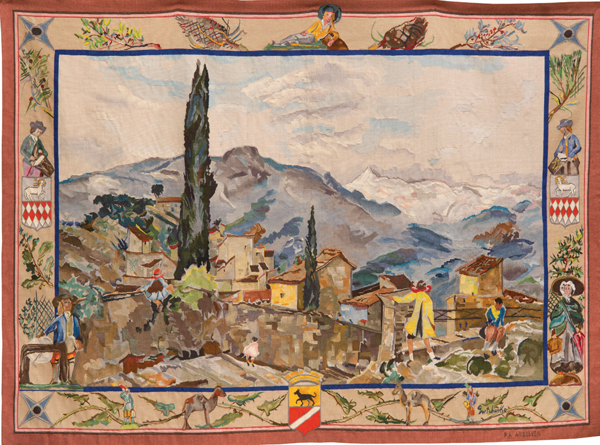
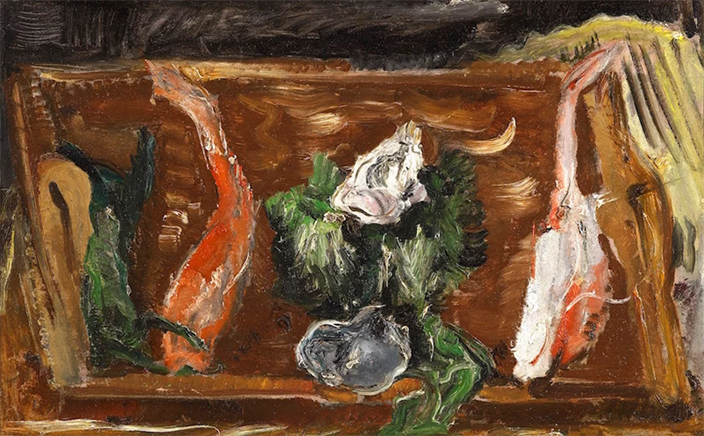
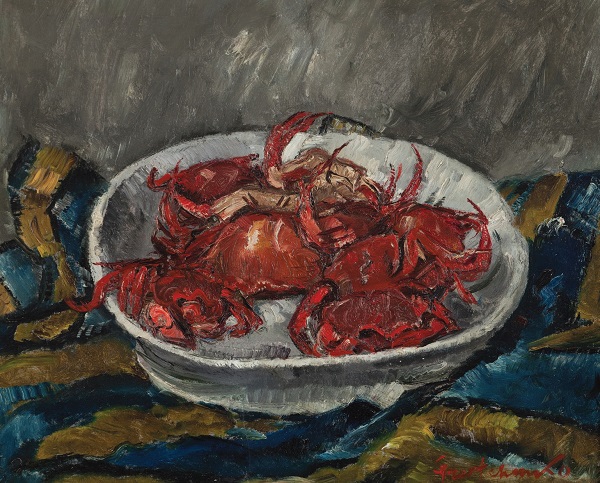
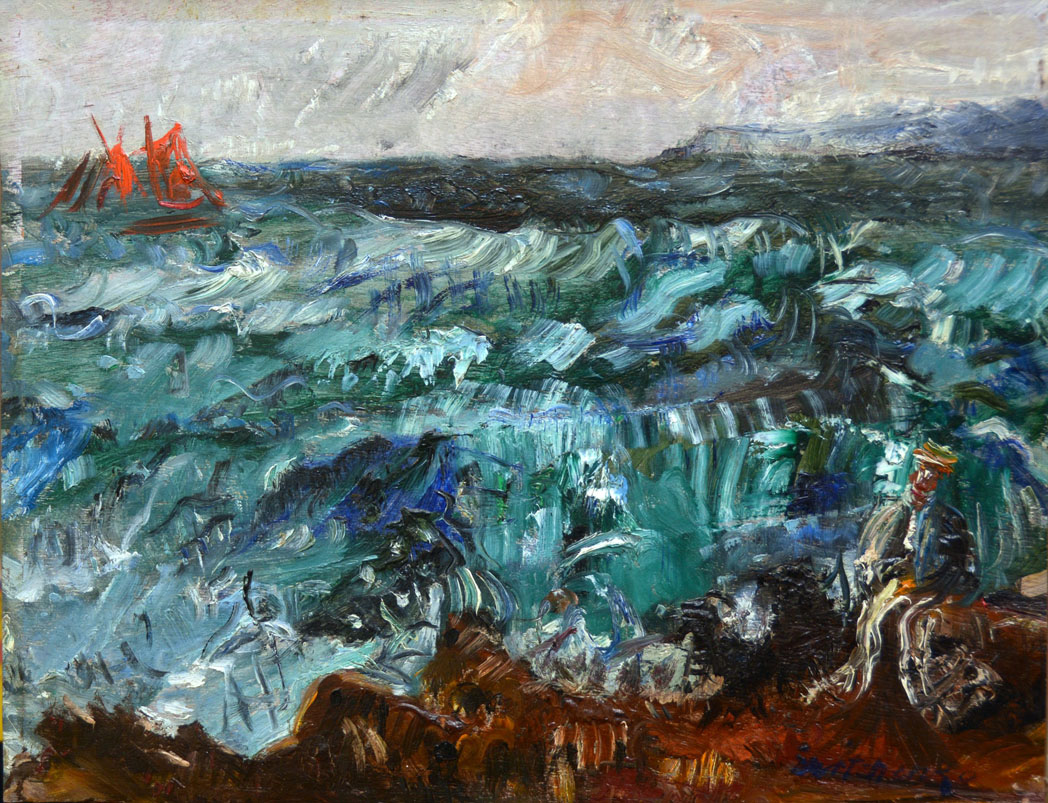
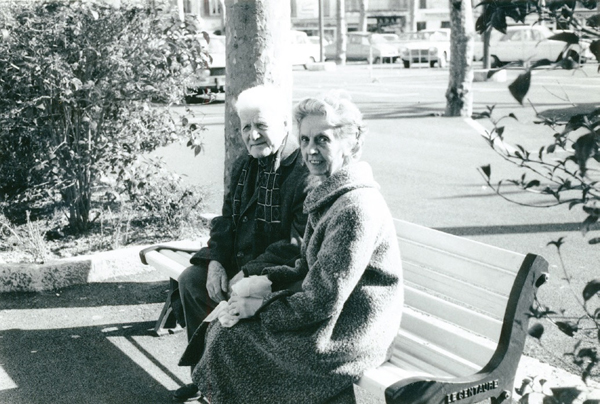
In 1927, 44-year-old Oleksiy Hryschenko married Lilas Lavelaine de Maubeuge and settled in Cagnes-sur-Mer, the town where Renoir once lived. Before that, he wandered throughout Cote d’Azur where he enjoyed painting marine landscapes and still lifes with seafood. Right on the seashore, the artist bought the fresh catch of local fishermen – oysters, octopuses, starfish, crayfish, lobsters – then he laid them out on a table or tray and painted with gusto and inspiration.
At that time, under the influence of new artistic movements in Paris, he changed his style from cubist towards more expressionist. Obviously, this was in part due to the southern sun, sea and mountains of the French Riviera. Hryschenko’s style and dramatic colours expressed internal unstoppable forces which aimed to transform nature by employing the artist’s own images. In 1926, the painter showcased the southern cycle at his personal exhibition in Maison Bing Gallery. Louis Vauxcelles, a well-known French critic, wrote the following about the show: “The exhibition shows places in southern France worthy of being put next to the famous Cagnes landscapes [of Renoir], and these words of praise are totally conscious. The young Ukrainian colourist has conquered Paris.” Out of the showcased works, gallery owner Katia Granoff bought 24 and then exhibited them in her gallery, organizing Hryschenko’s personal exhibition several months after that.
Until 1960, Cagnes-sur-Mer had been the place of the residence for the Hryschenko couple; the wife’s mother rented out Le Cagnard hotel, and the family lived in a house across the street. In 1960, Hryschenko had a large retrospective exhibition at the Grimaldi Castle in Cagnes-sur-Mer. It would also be a farewell as the family was moving to Venice.
Place de l'Alma, Paris, France
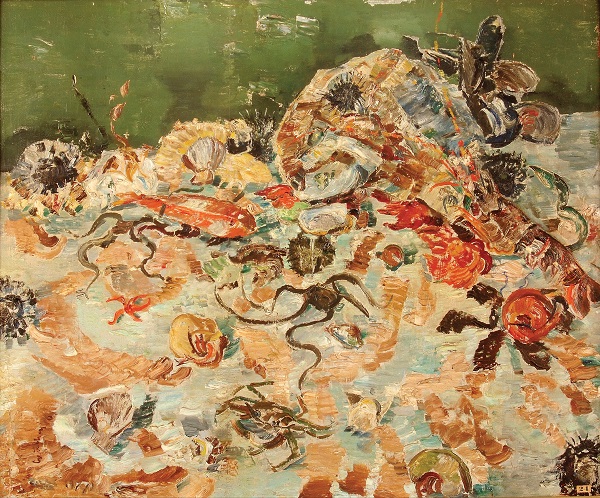
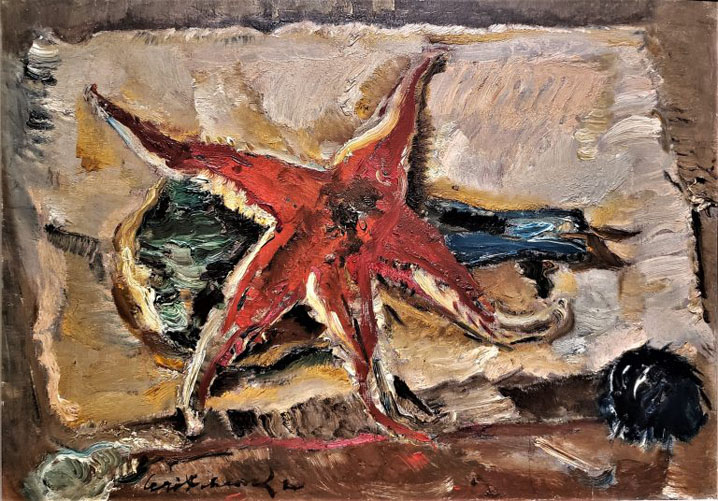
In 1930, Oleksiy Hryschenko was already a well-known artist exhibiting all over Europe and participating in annual Salons. When Emil Othon-Friesz, responsible for exhibitions at the Tuelleries Salon, showcased Hryschenko’s works in Matisse’s hall Hryschenko expressed his dissatisfaction that his paintings were being used as “an ornament for Matisse”. “You are not happy, Hryschenko?” Friesz, genuinely surprised, asked. “You should be proud that your works hang next to those by Matisse! I have to confess; you are the only one whose work stands up to such a formidable neighbour. Matisse’s colours destroyed and ruined everyone I used to hang next to him.”
Gritchenko had a warm spot for portraying sea creatures; they attracted him with their vivid, saturated colours, and this allowed him to use pure pigments which were a logical continuation of his artistic search, “dynamocolour”. His work on that theme were acquired by many European museums. One of the works along this theme was in the collection of National Museum in Lviv: it was Lobsters, exhibited at the Autumn Salon of 1931. The canvas is over one meter long, with eight red lobsters sitting on a white plate at the centre. It acquired for the museum by its director, Ilarion Sventsitsky. In the 1960s, the work was destroyed among others labelled as “formalist” by Soviet propagandist policy.
Rynok Square, 10, L'viv, Lviv Oblast, Ukraine
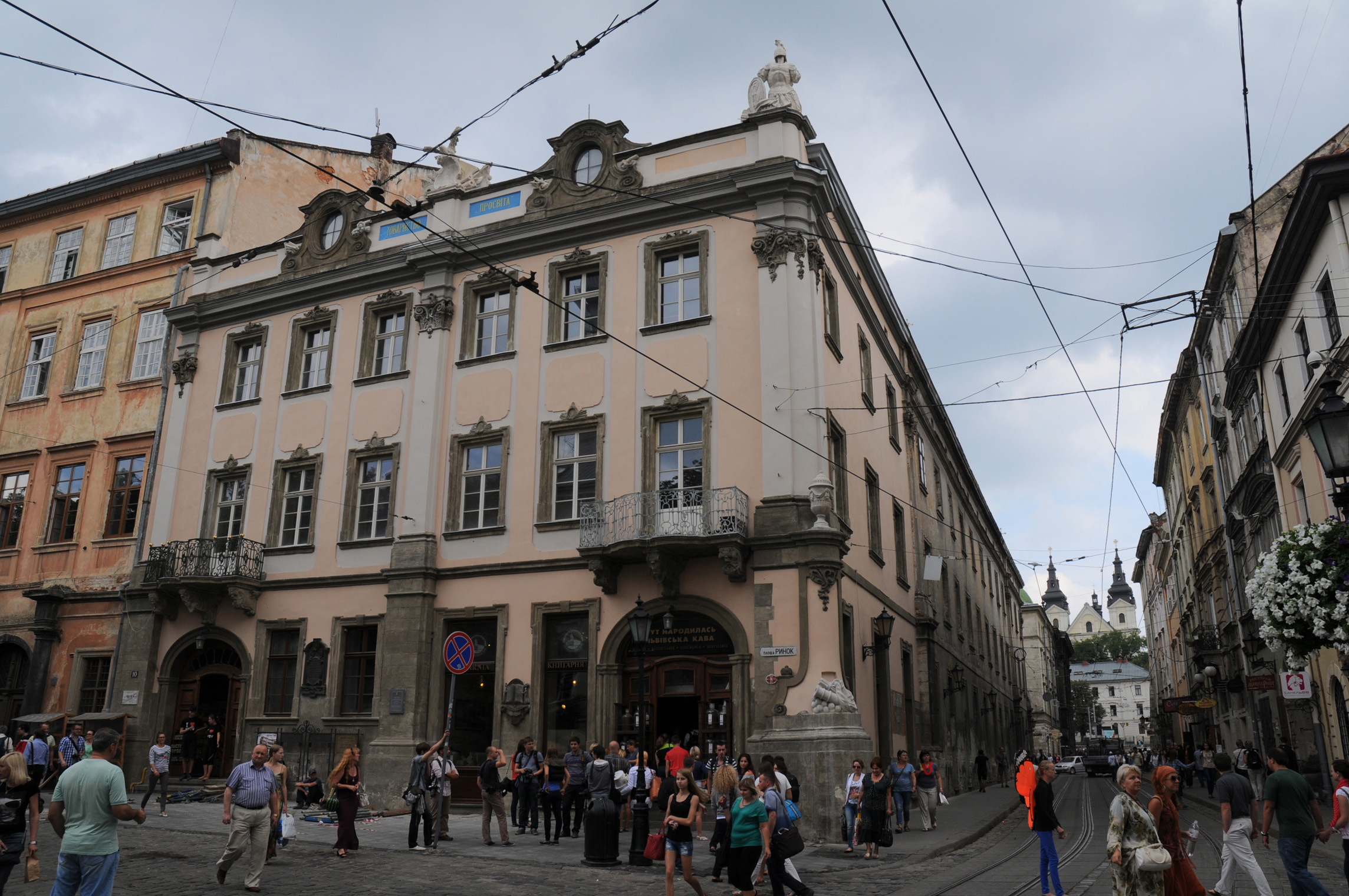

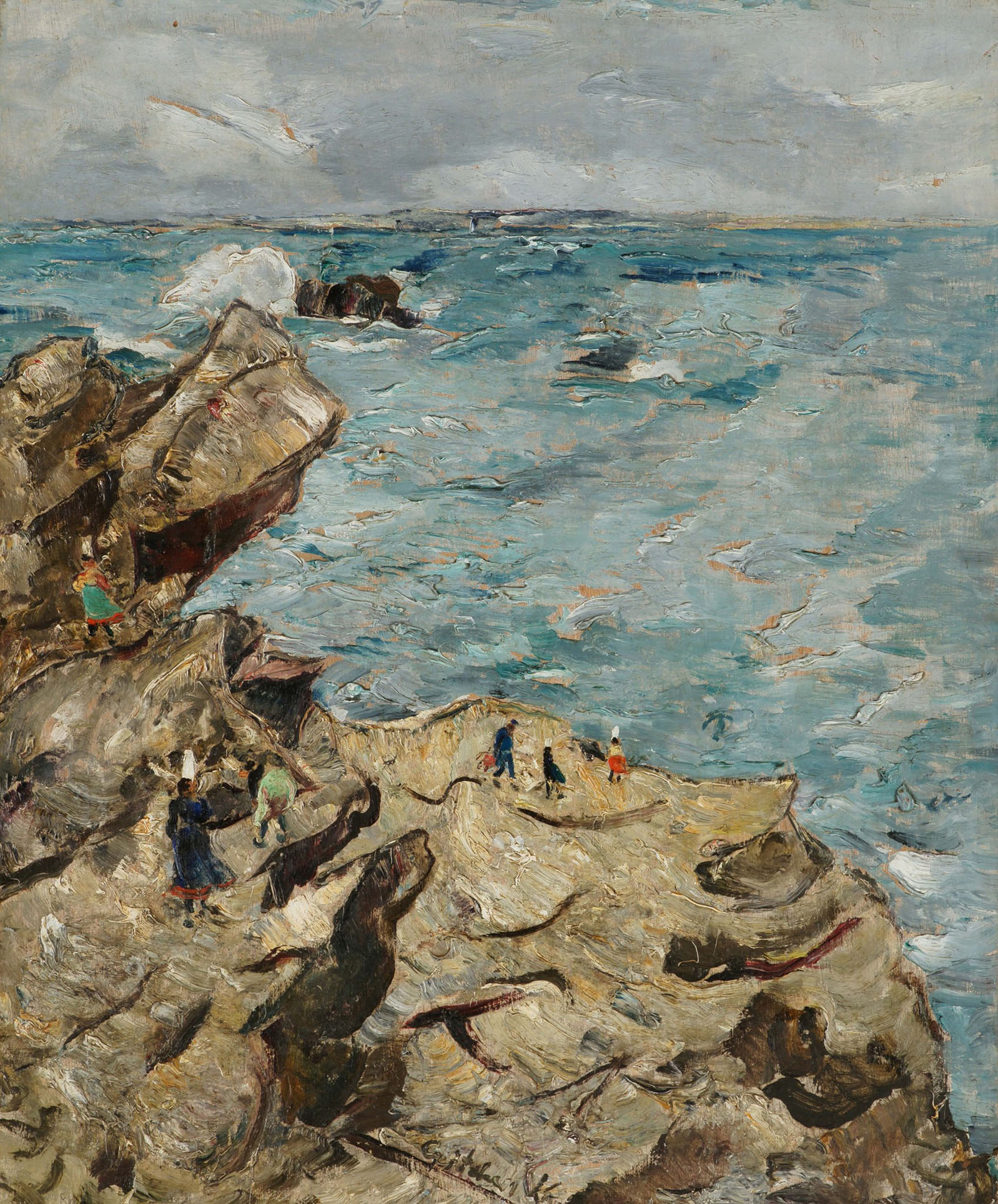
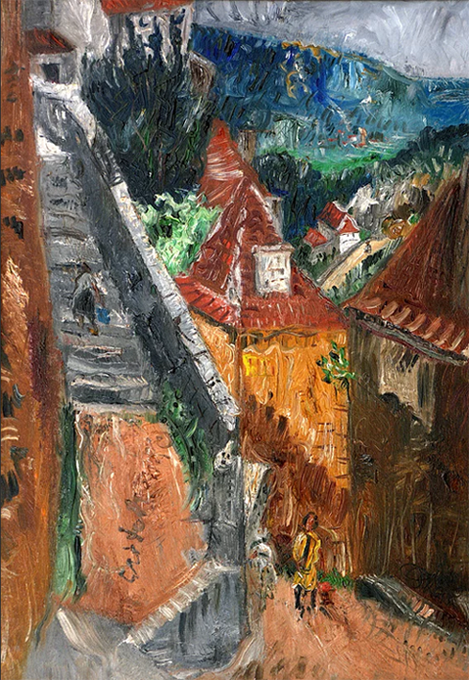
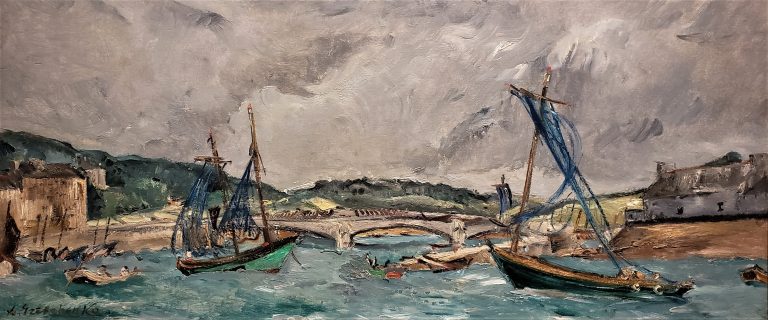
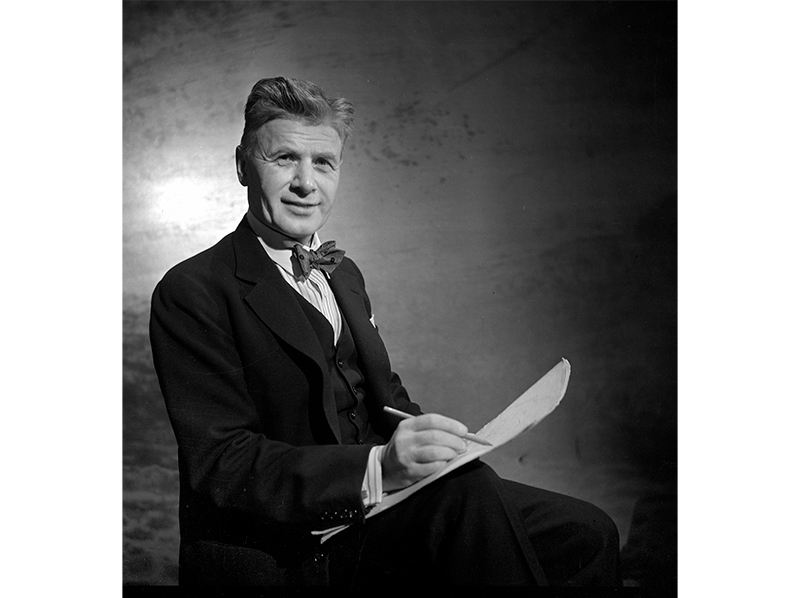
In 1937 in Lviv, a personal exhibition of Oleksiy Hryschenko was organized to celebrate the 30th anniversary of his artistic activities. The exhibition which he personally initiated, featured works from different periods: his Constantinople landscapes, views of Portugal, compositions from Spain and Bretagne. In 1939, he sent eight of his paintings to the Lviv Museum of Ukrainian Art. Earlier, in 1934, the first Ukrainian-French monograph by Pavlo Kovzhun about Oleksiy Hryschenko’s creative practice was published in Lviv.
A Belgian collector of Hryschenko’s work, Doctor Volodymyr Popovych, recalls that "Gritchenko was scrupulous when it was about the design of his books, catalogues, invitations, or posters. He selected the paper, font and publication format himself, paying attention to the minutest detail and, exercising care that everything looked beautiful and tasteful and contained no mistakes. He would boast: “My books have no misprints!”
Lviv artists highly praised Hryschenko’s activities; Lviv newspapers wrote about the famous Ukrainian and the local elites and art critics followed his development. In the early 1960s it became known that Hryschenko’s works from the collection of Lviv Museum were destroyed as products of “bourgeois formalism” alongside the work of Alexander Archipenko, Mykhaylo Boychuk, and Georgiy Narbut.
2 East 79th Street, New York, NY, USA
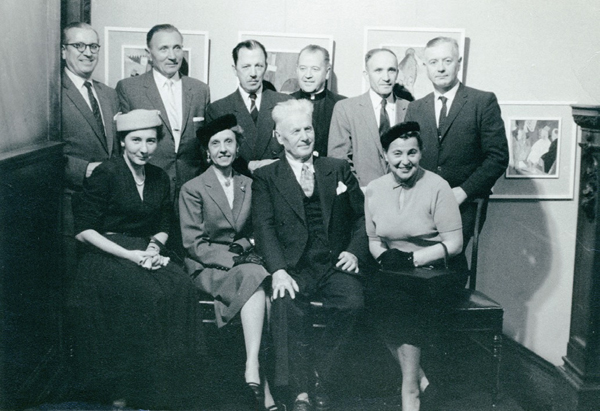
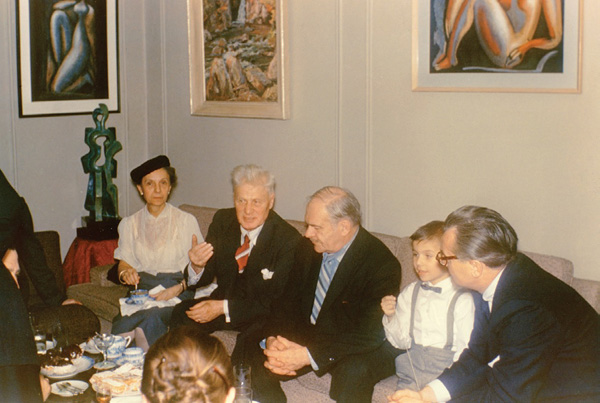
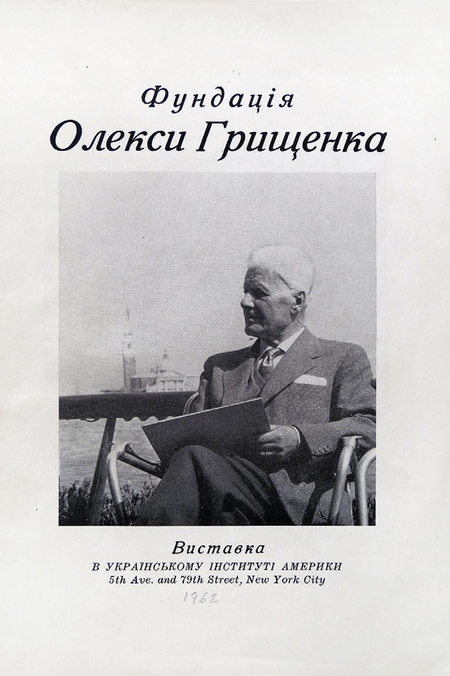
The destruction of Hryschenko’s works in the Lviv Museum and the sudden, grave disease that afflicted him toward the close of 1961 motivated the artist to think about establishing a foundation in New York which could transfer his works to Ukraine when the time was right. 72 works (30 oil paintings, watercolours and drawings), archive materials, books, and the Cagnes carpet were to be transferred to the museums of independent Ukraine. The foundation was established in 1963 at the Ukrainian Institute of America in New York. On the initiative of the artist’s friends it organized a retrospective exhibition of Hryschenko’s works in 1958 to celebrate his 75th birthday. At that time, the exhibition was visited by globally renowned Ukrainian sculptor residing in the United States, Alexander Archipenko. The foundation curators were the artist’s friends: Svyatoslav Gordynsky, Doctor Yaroslav Padokh, director Volodymyr Baranetsky and Doctor Volodymyr Gordynsky. Hryschenko’s will was executed in 2006 and the Foundation collection was transferred to the National Art Museum of Ukraine.
